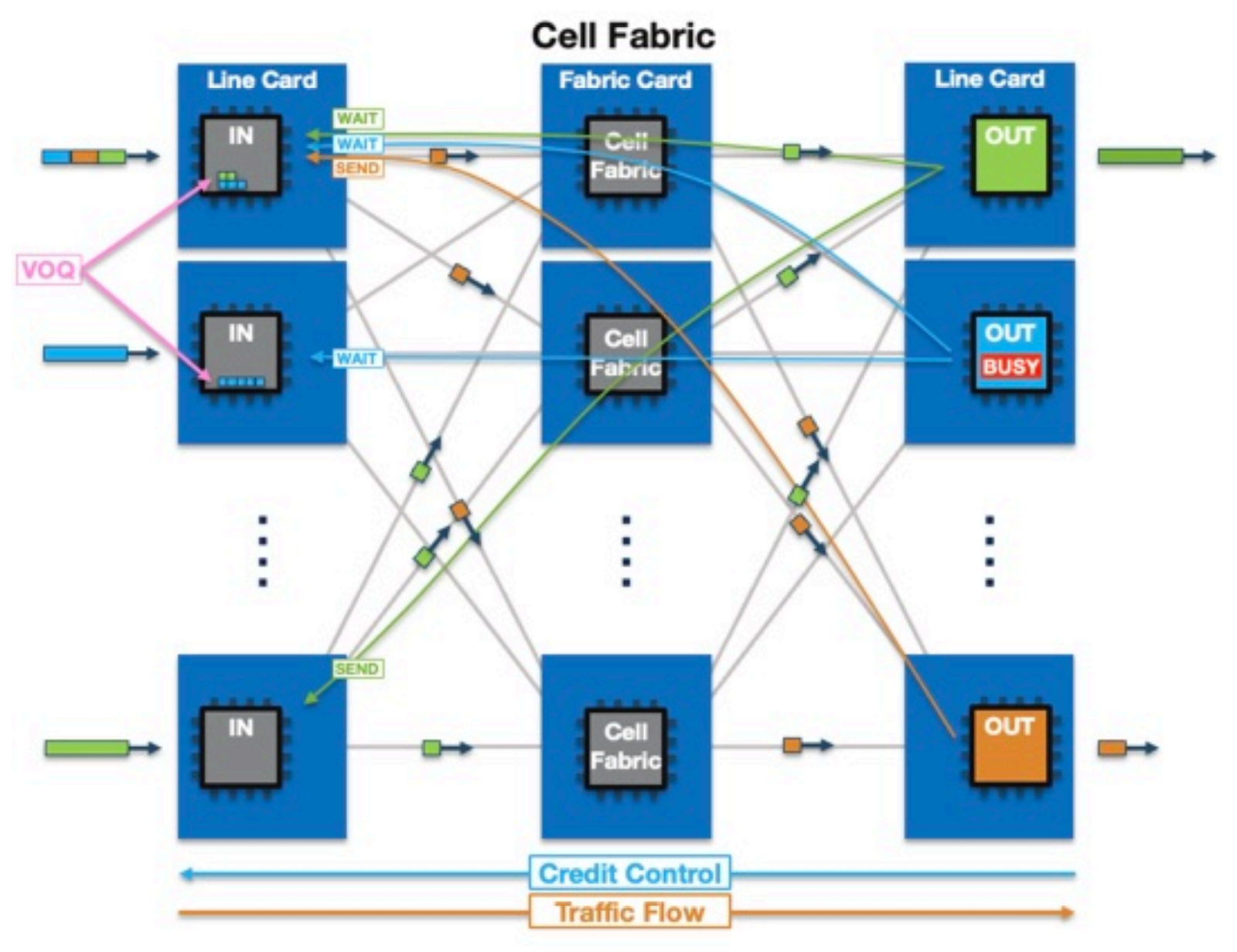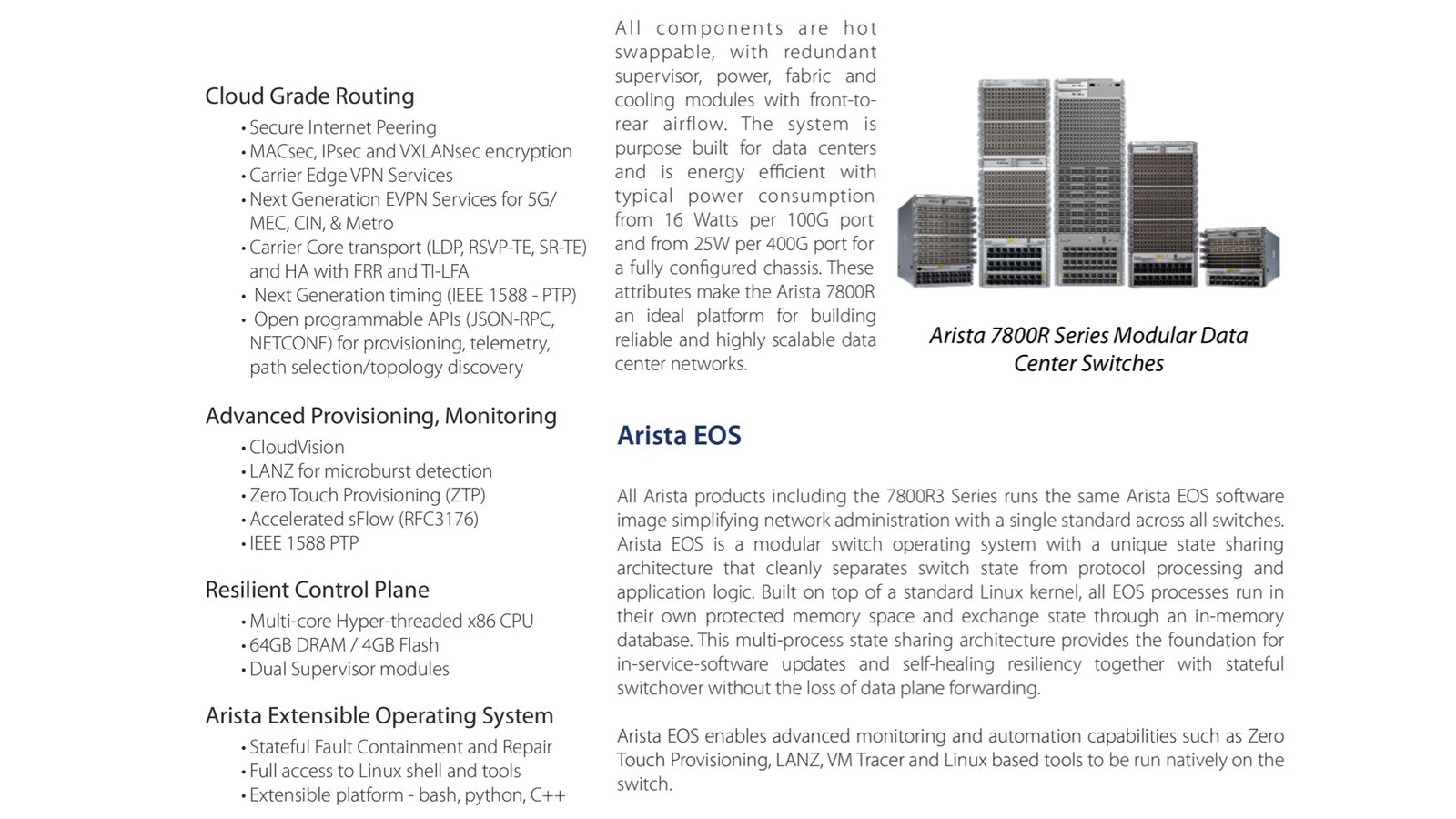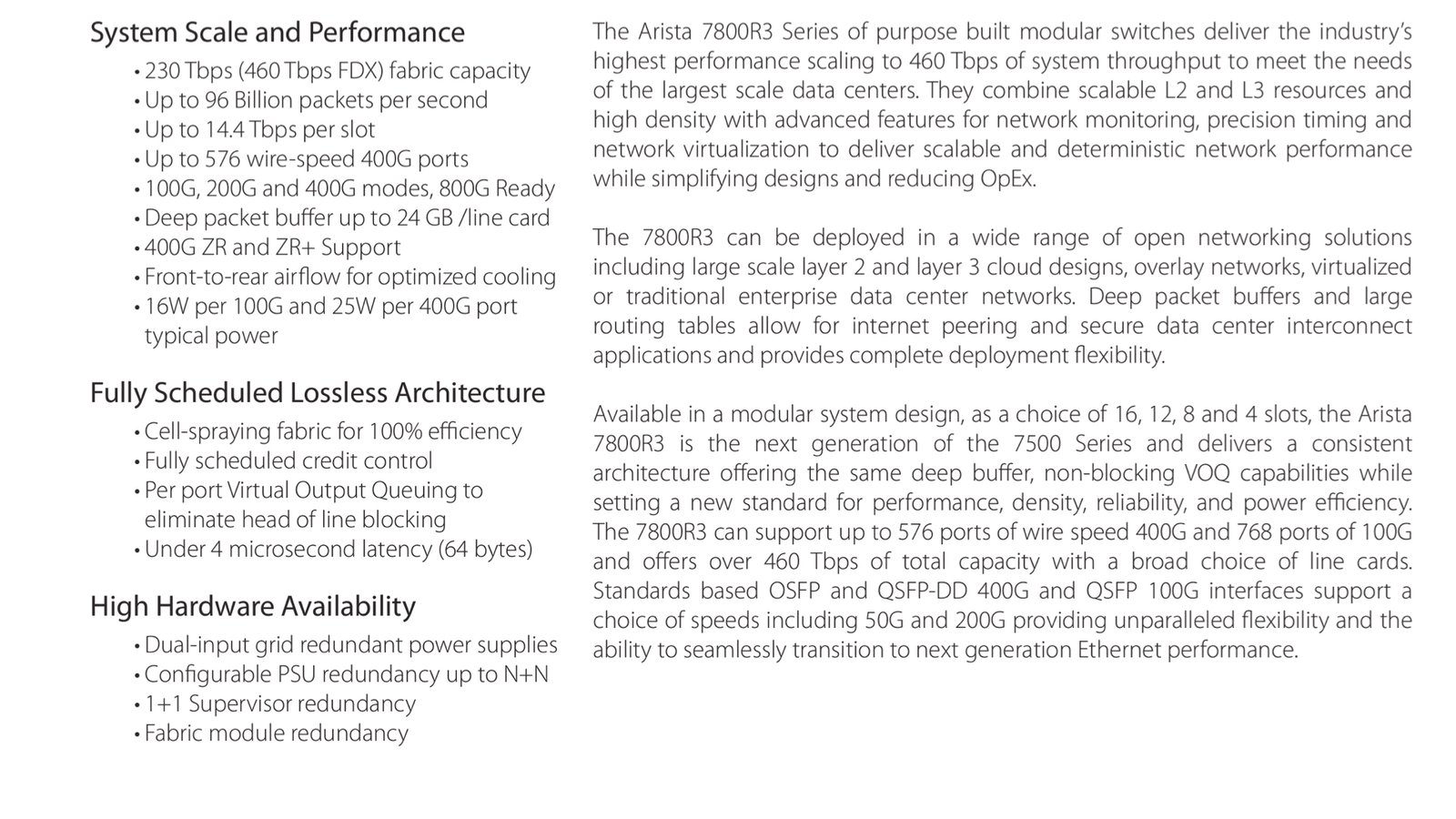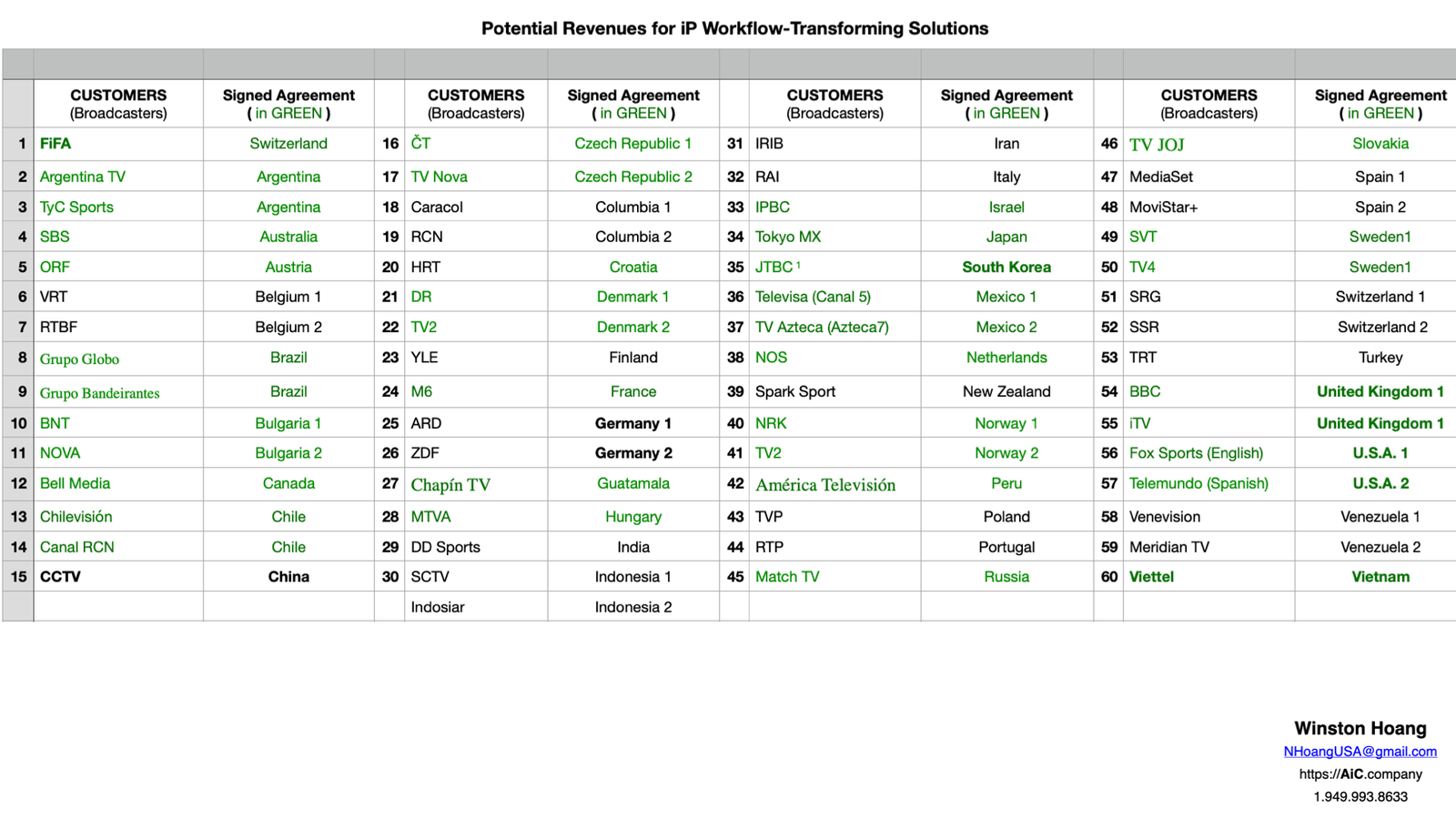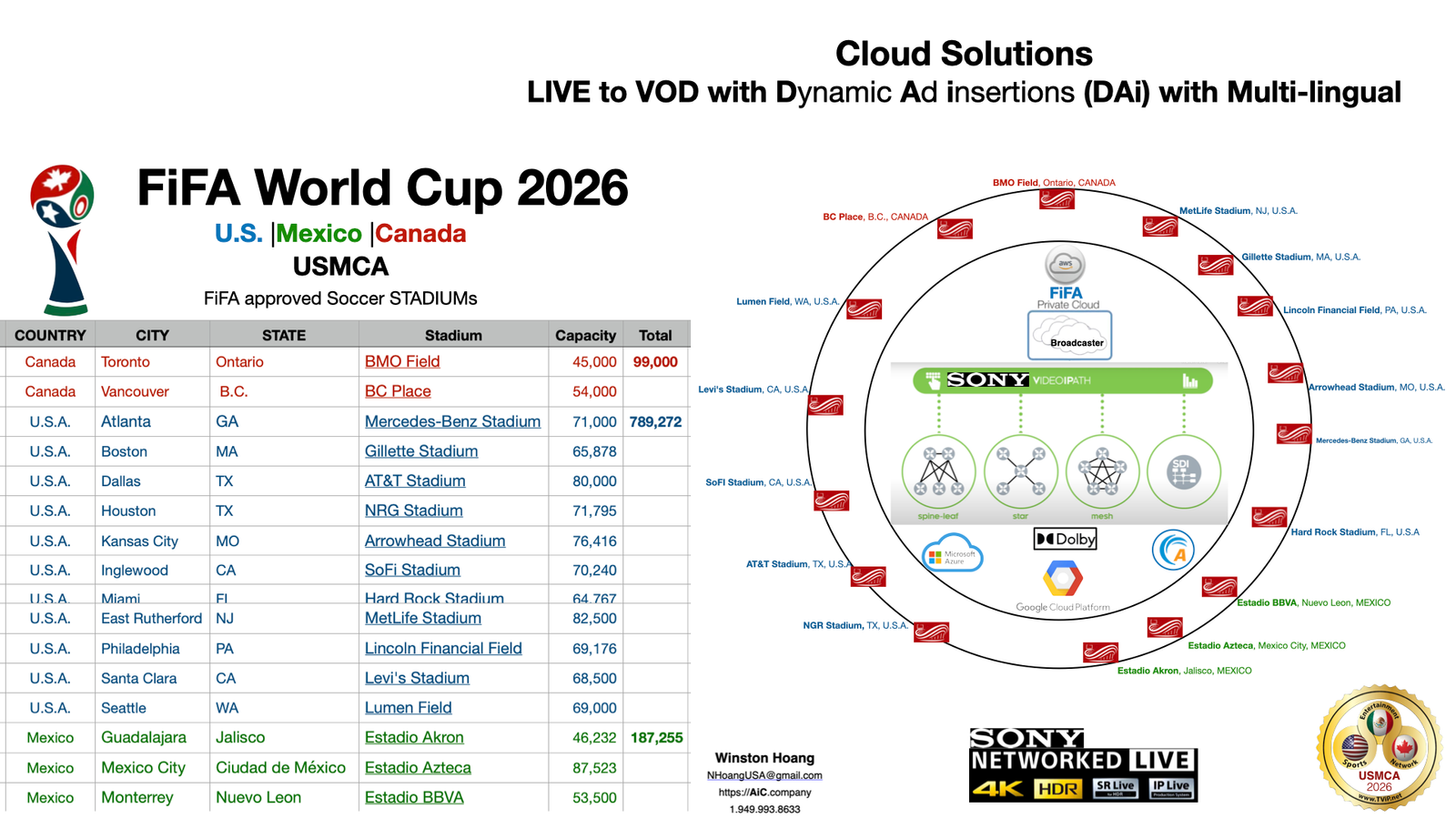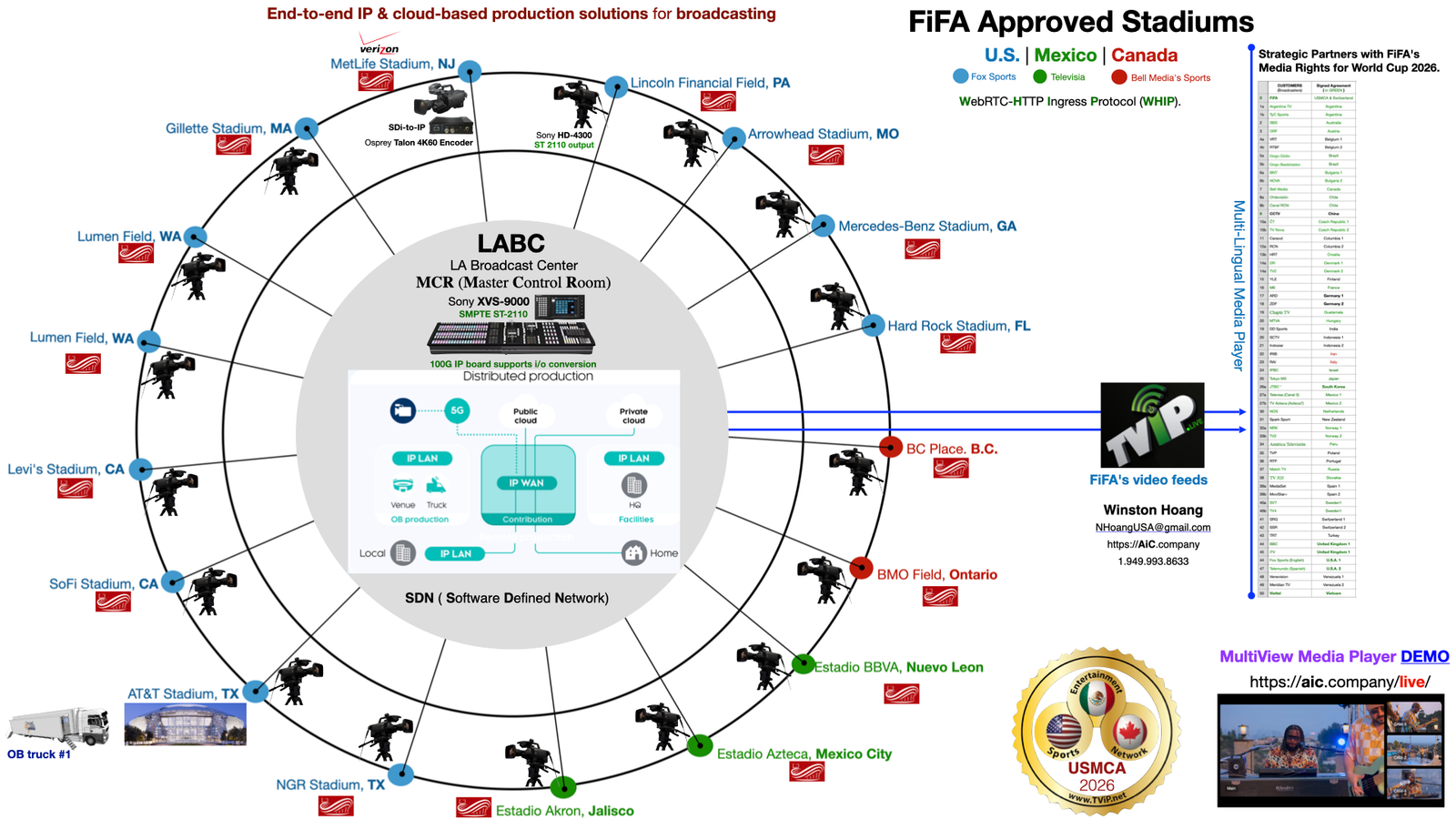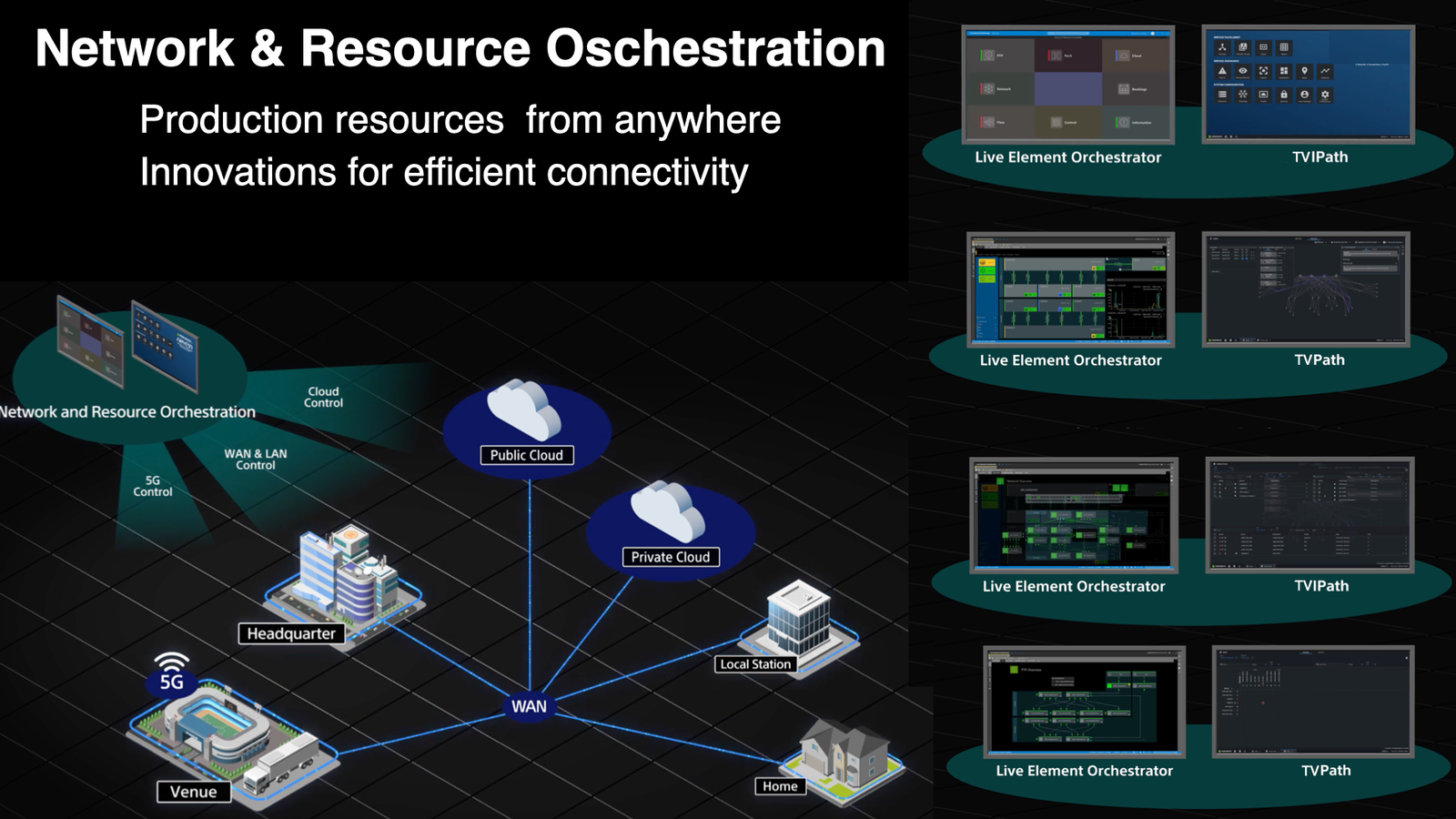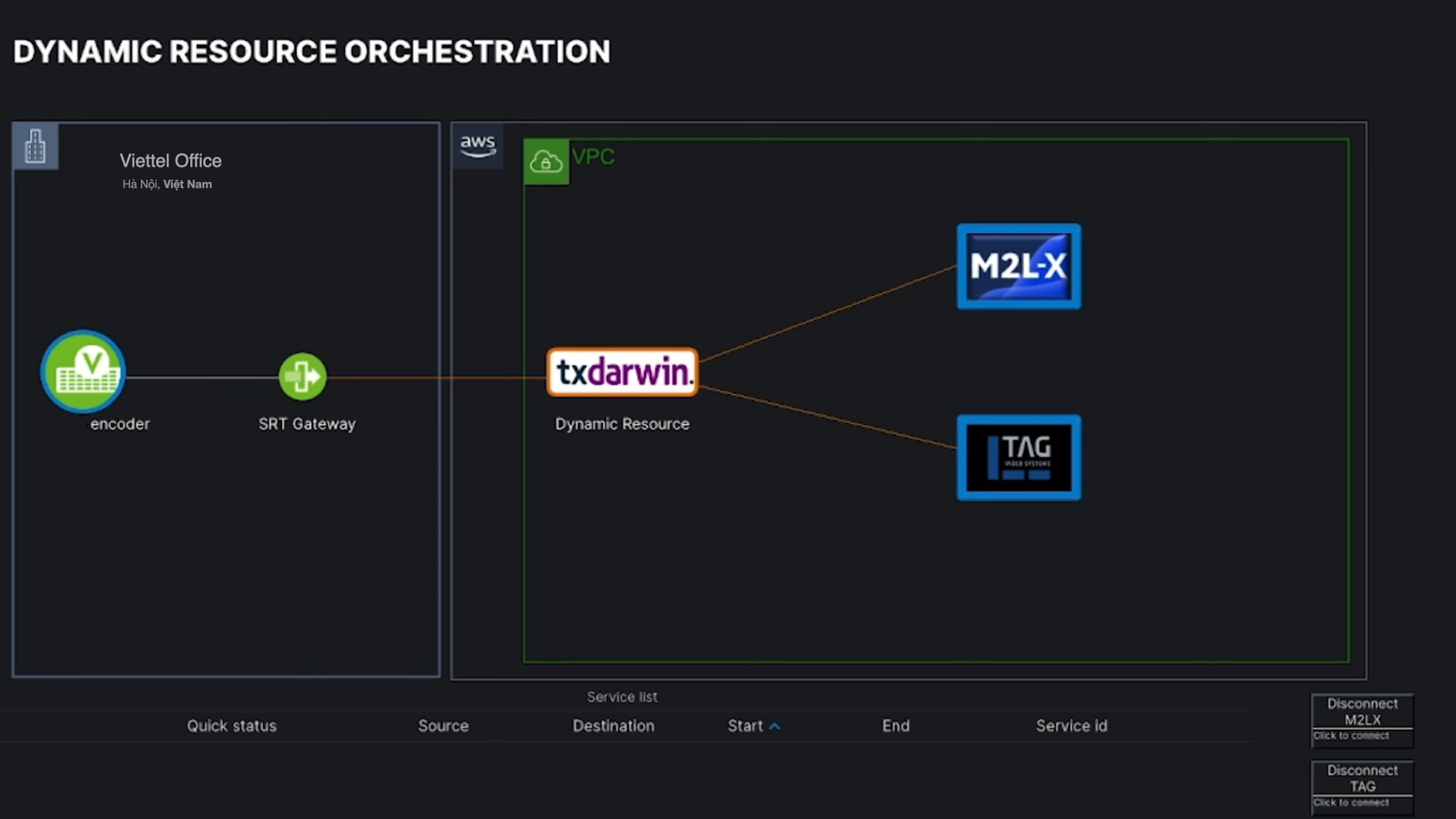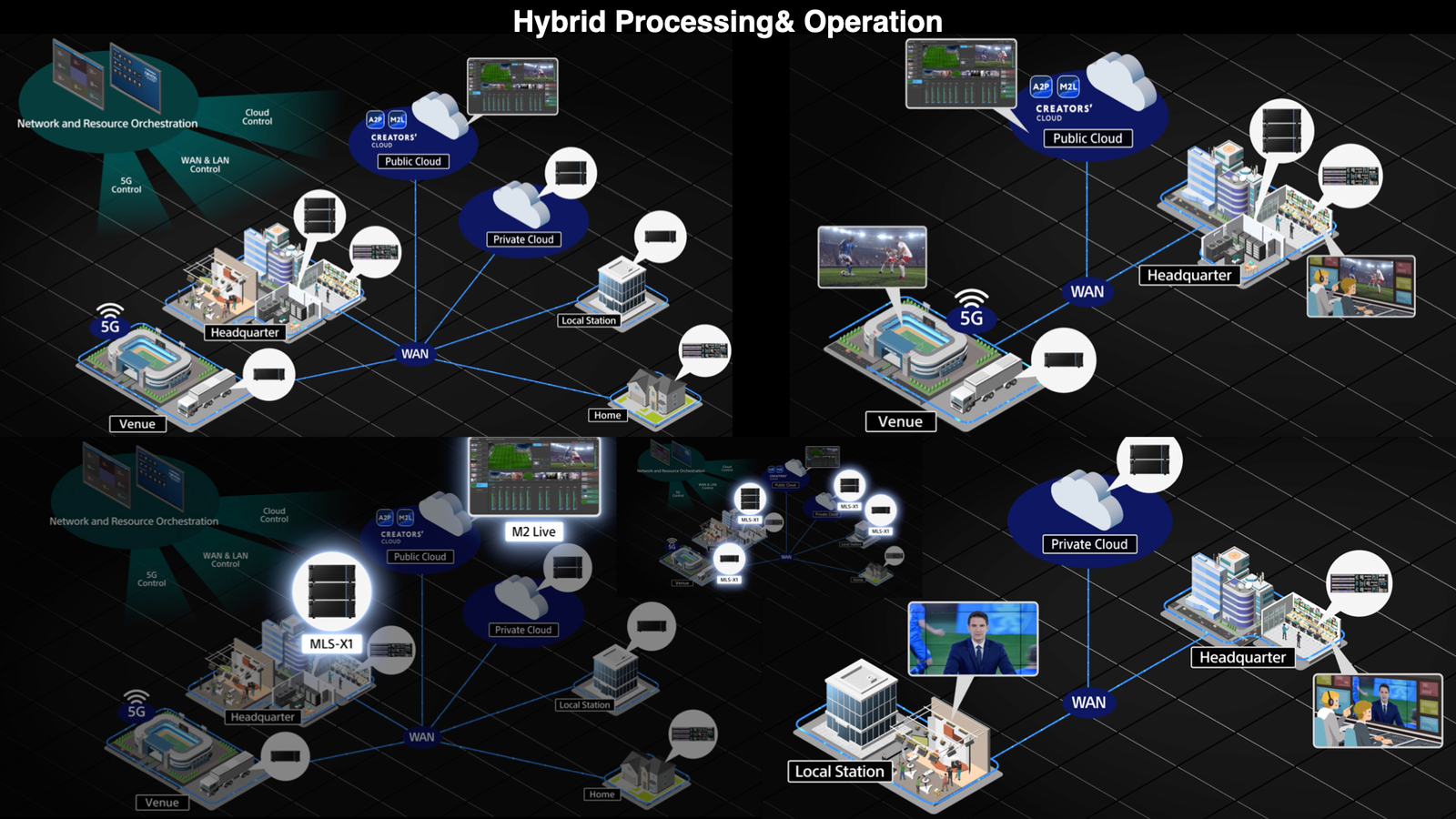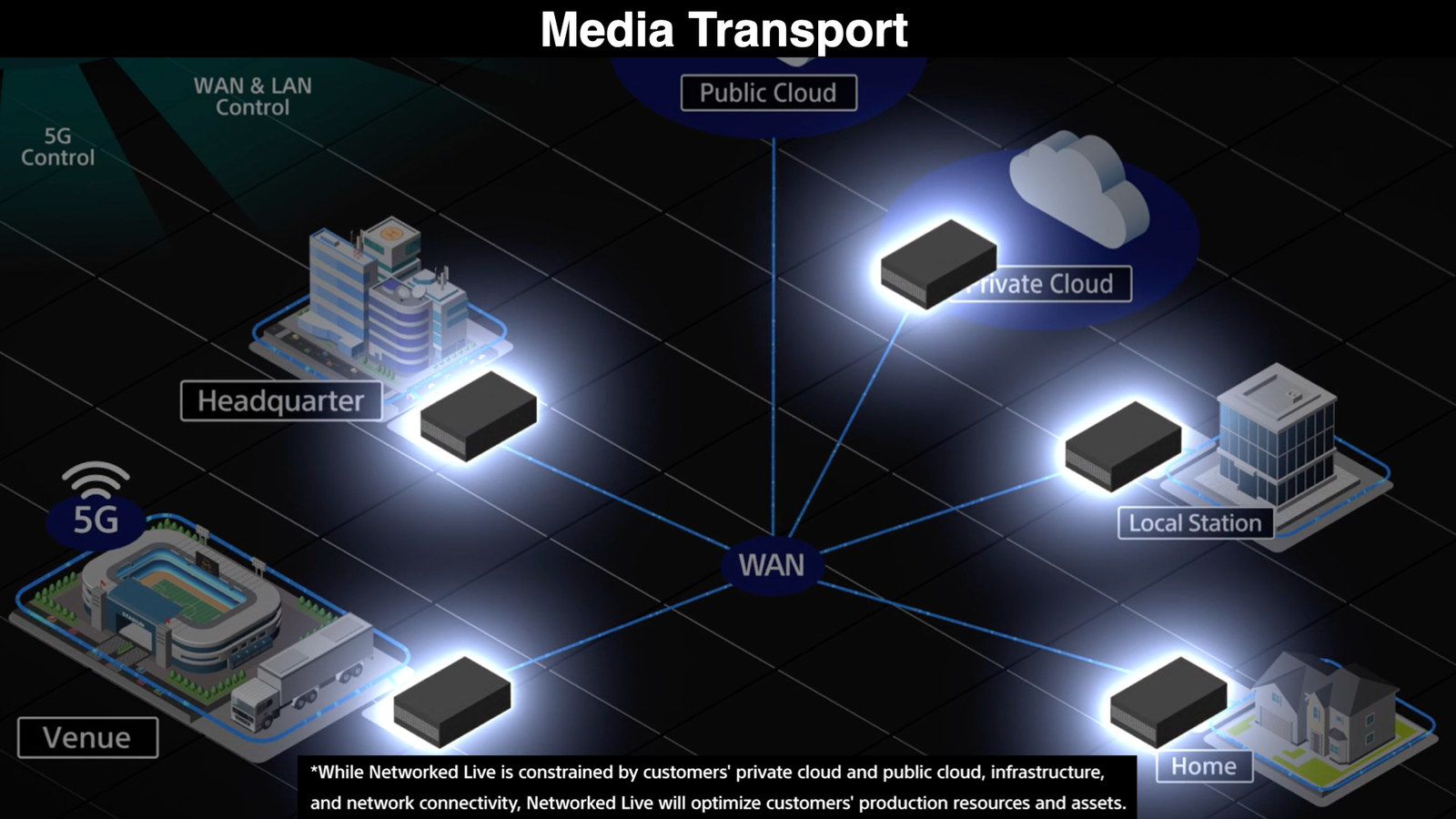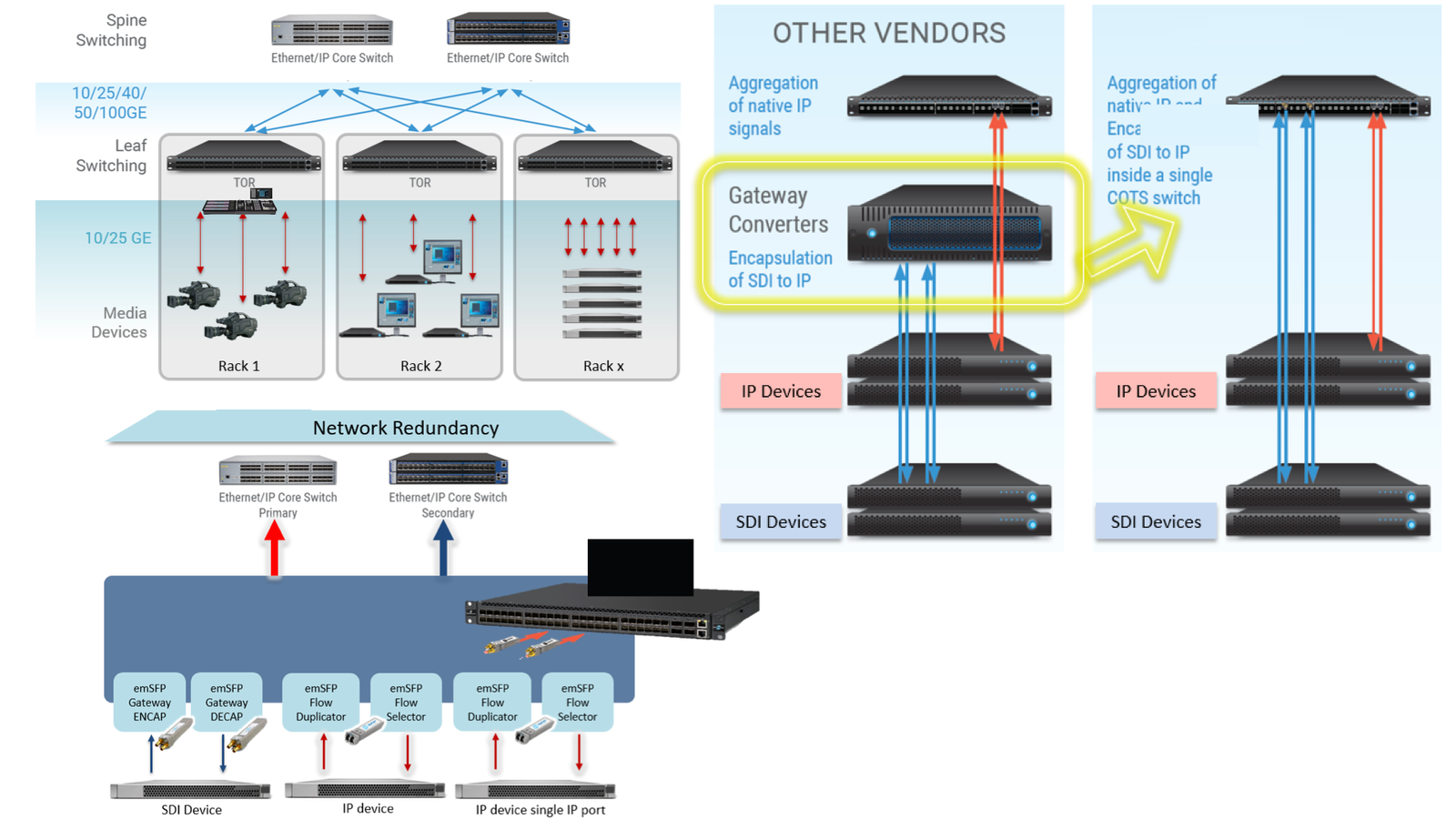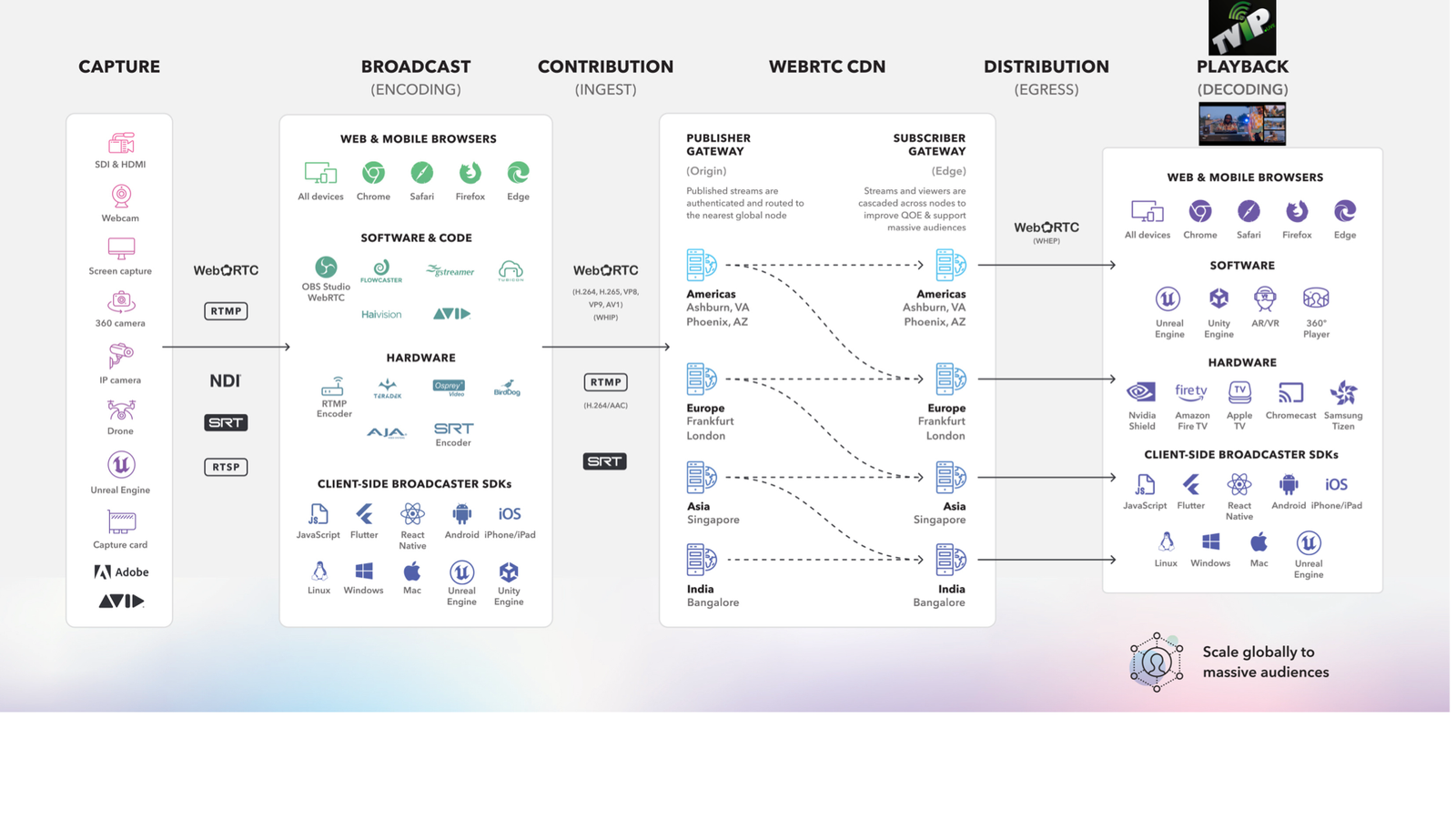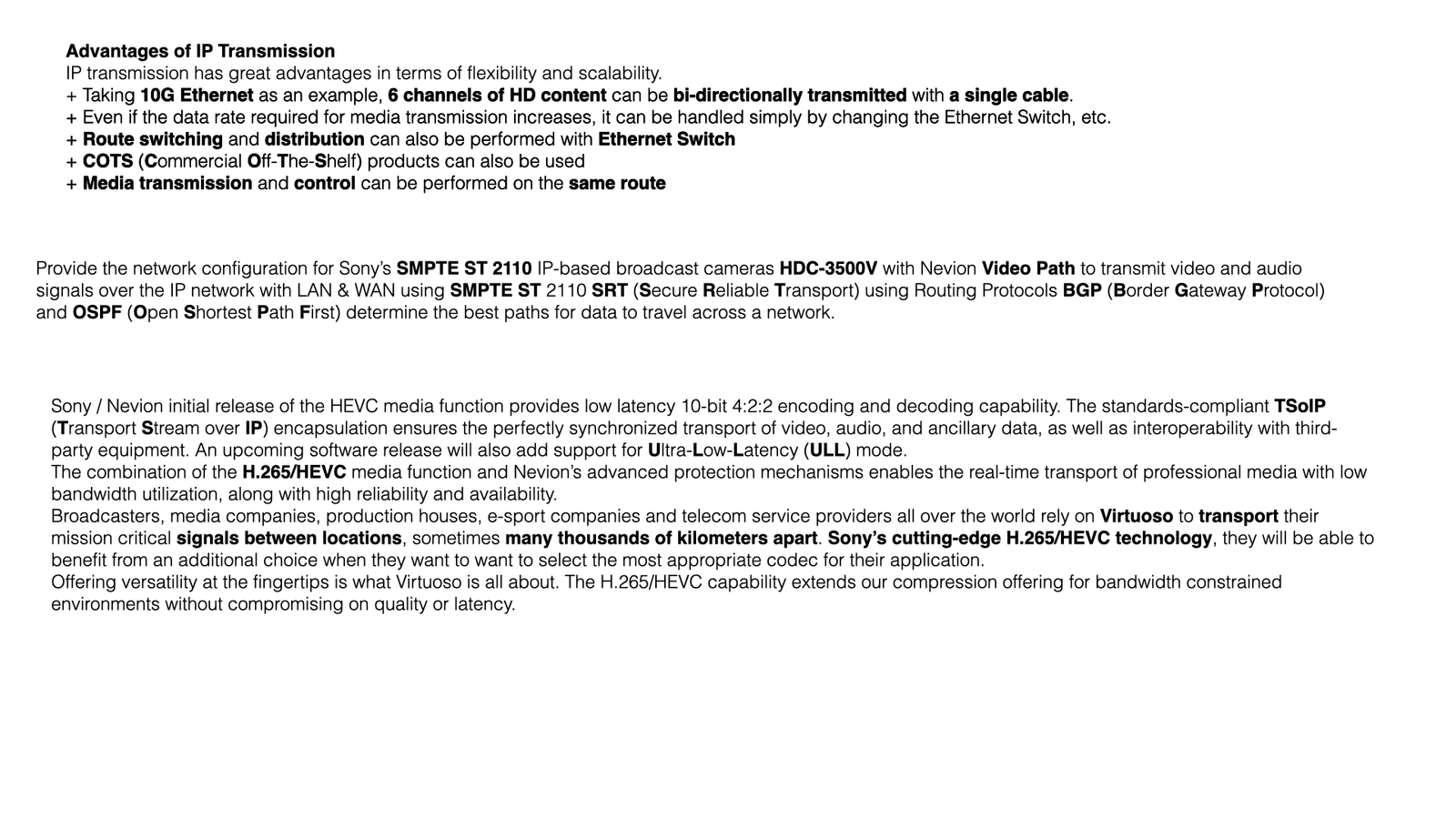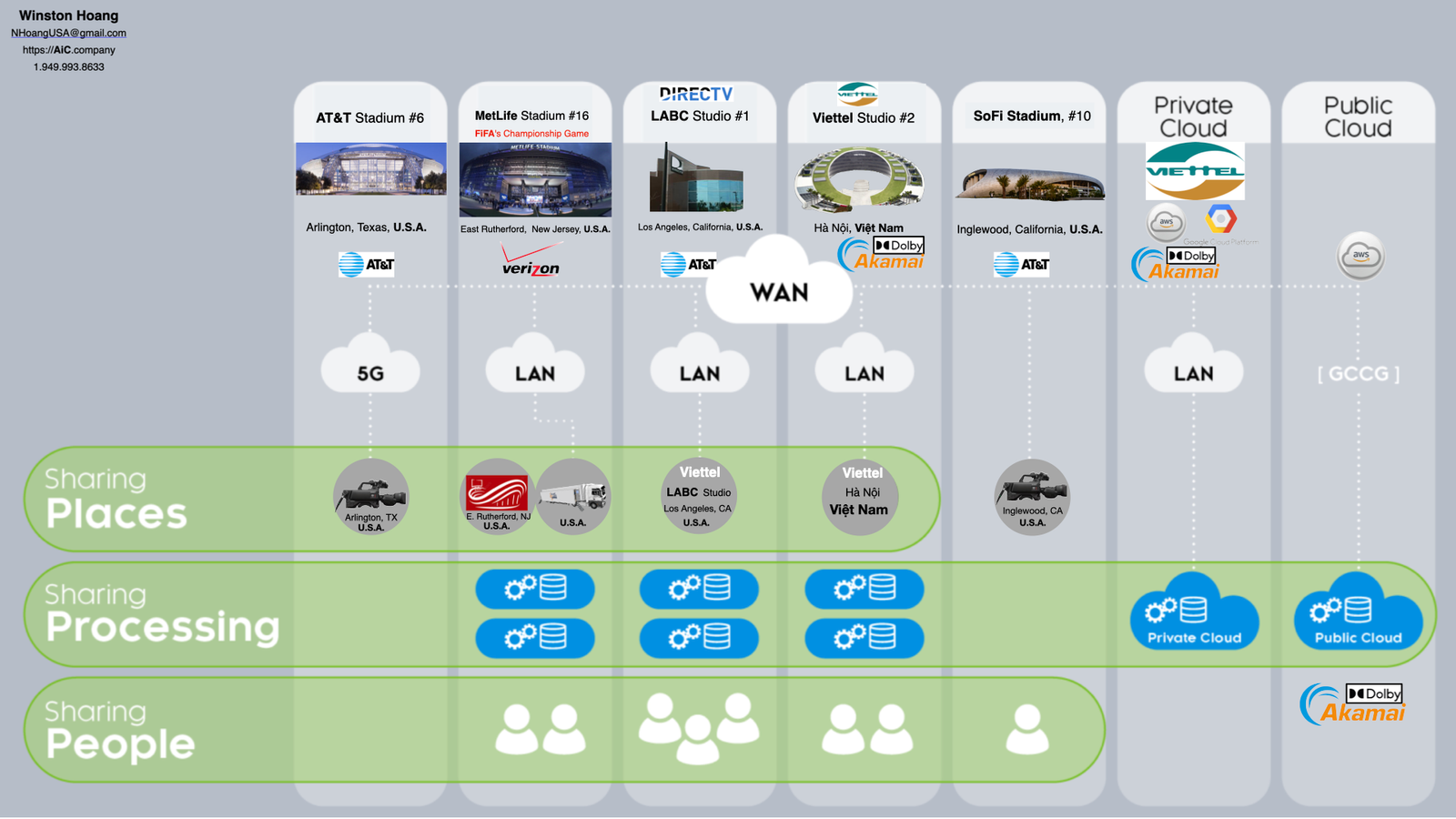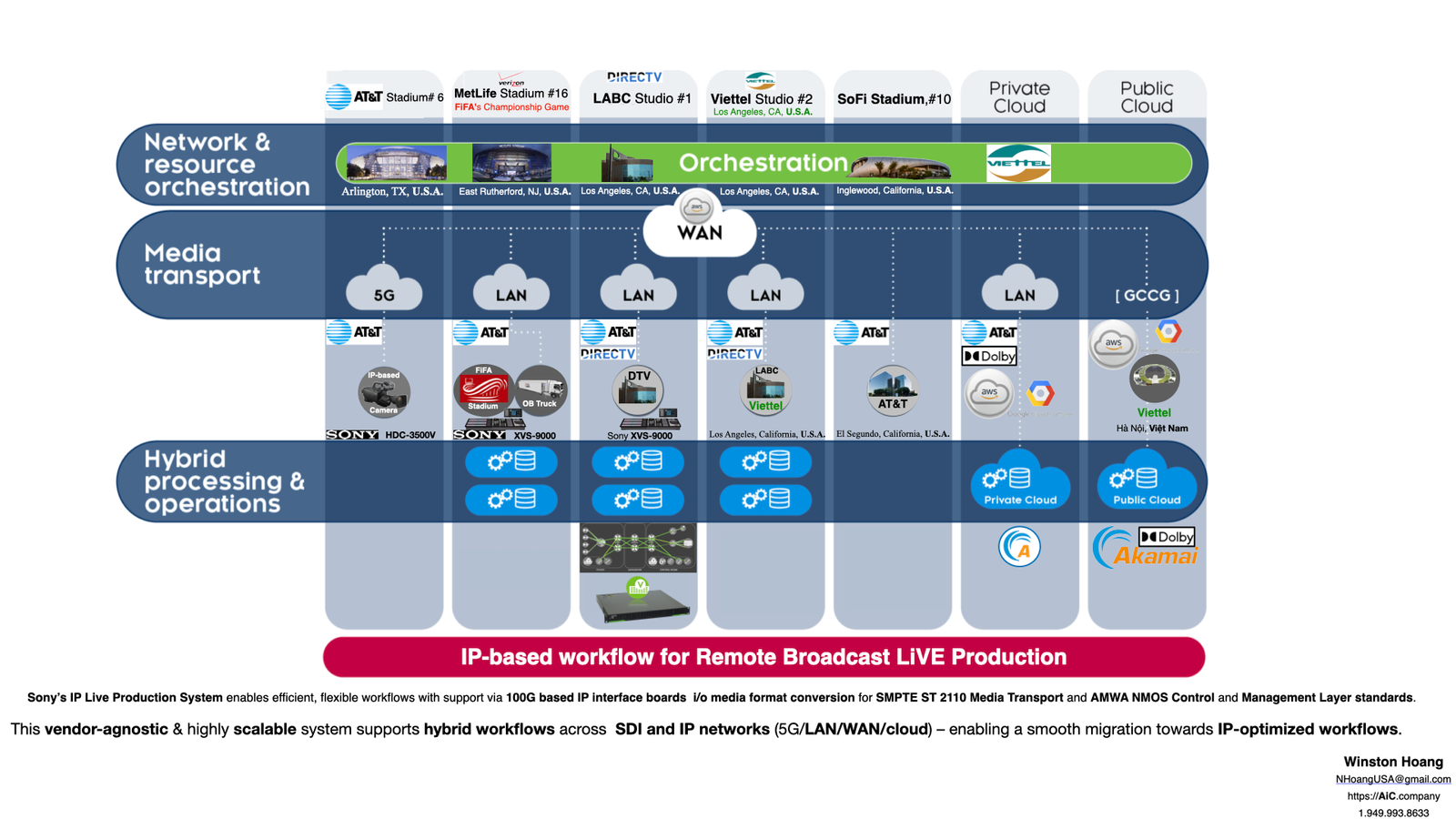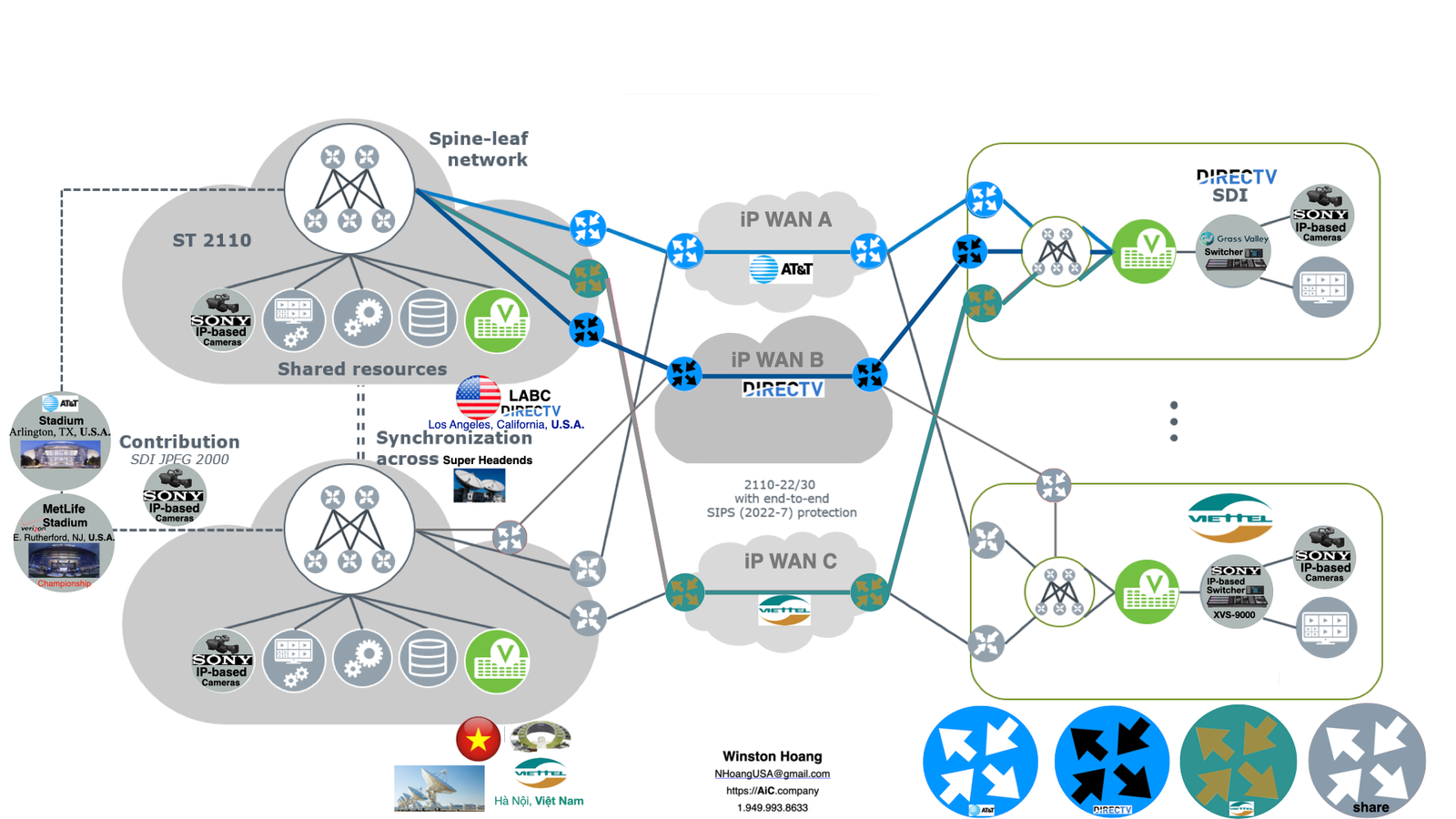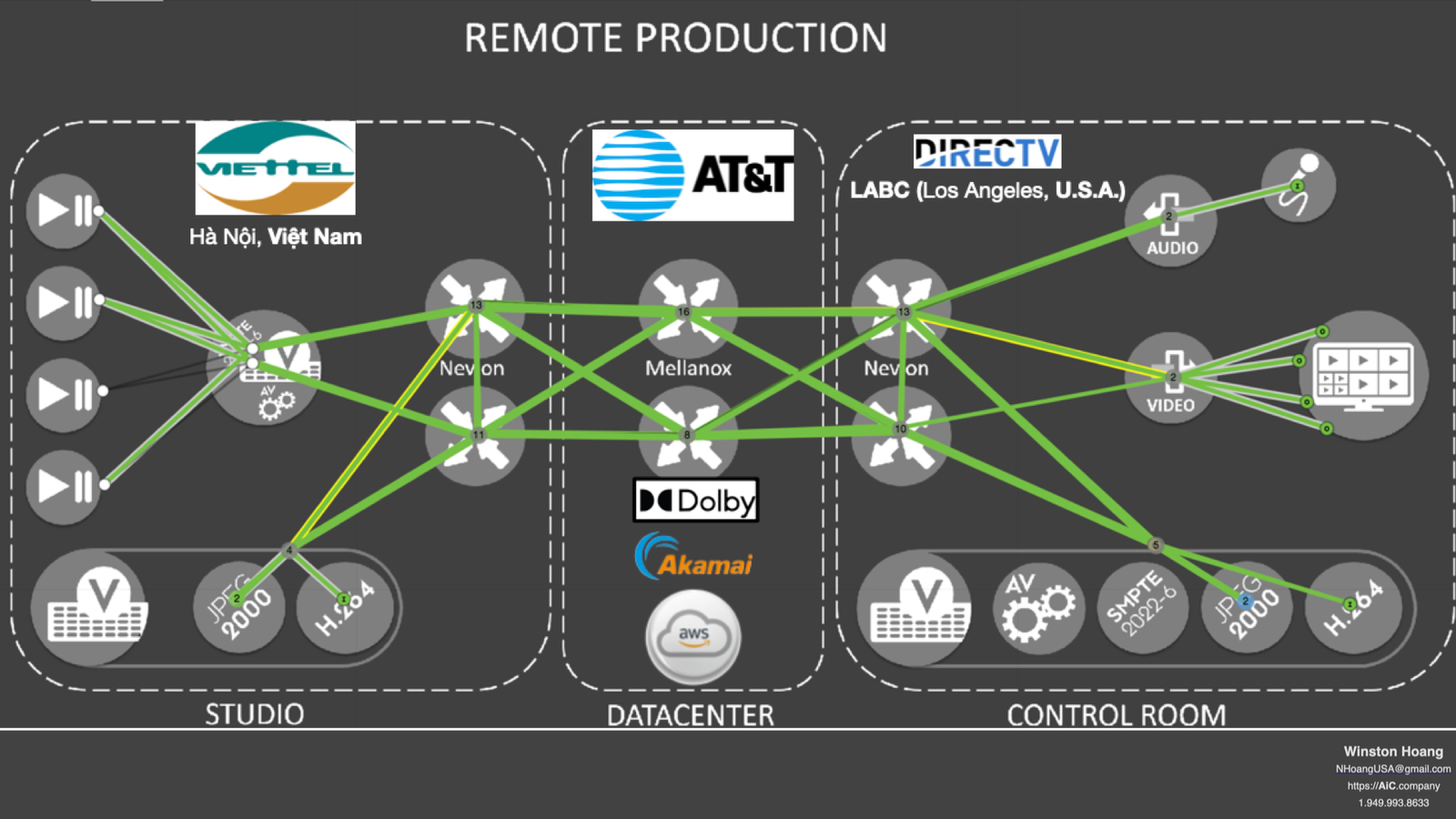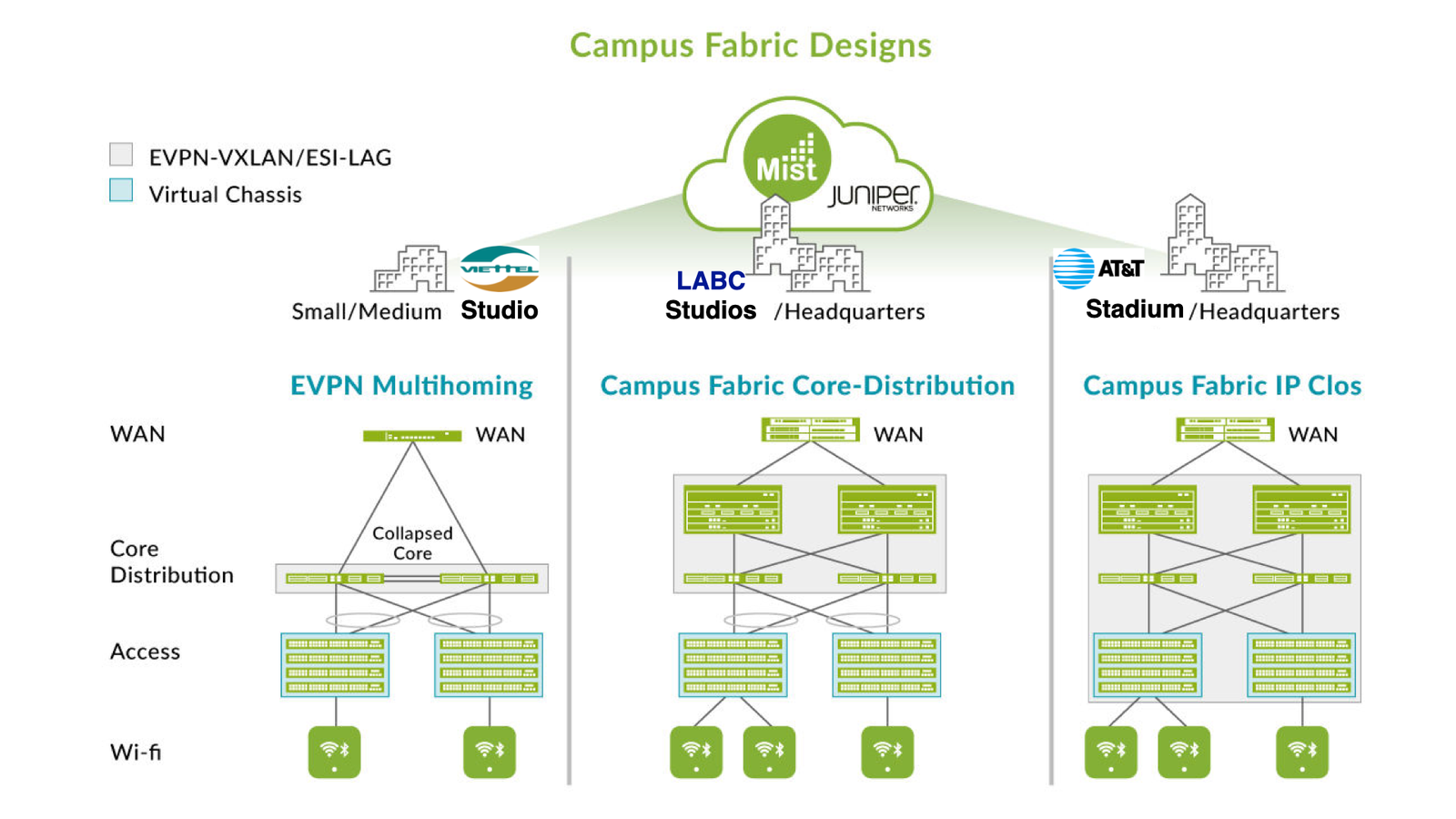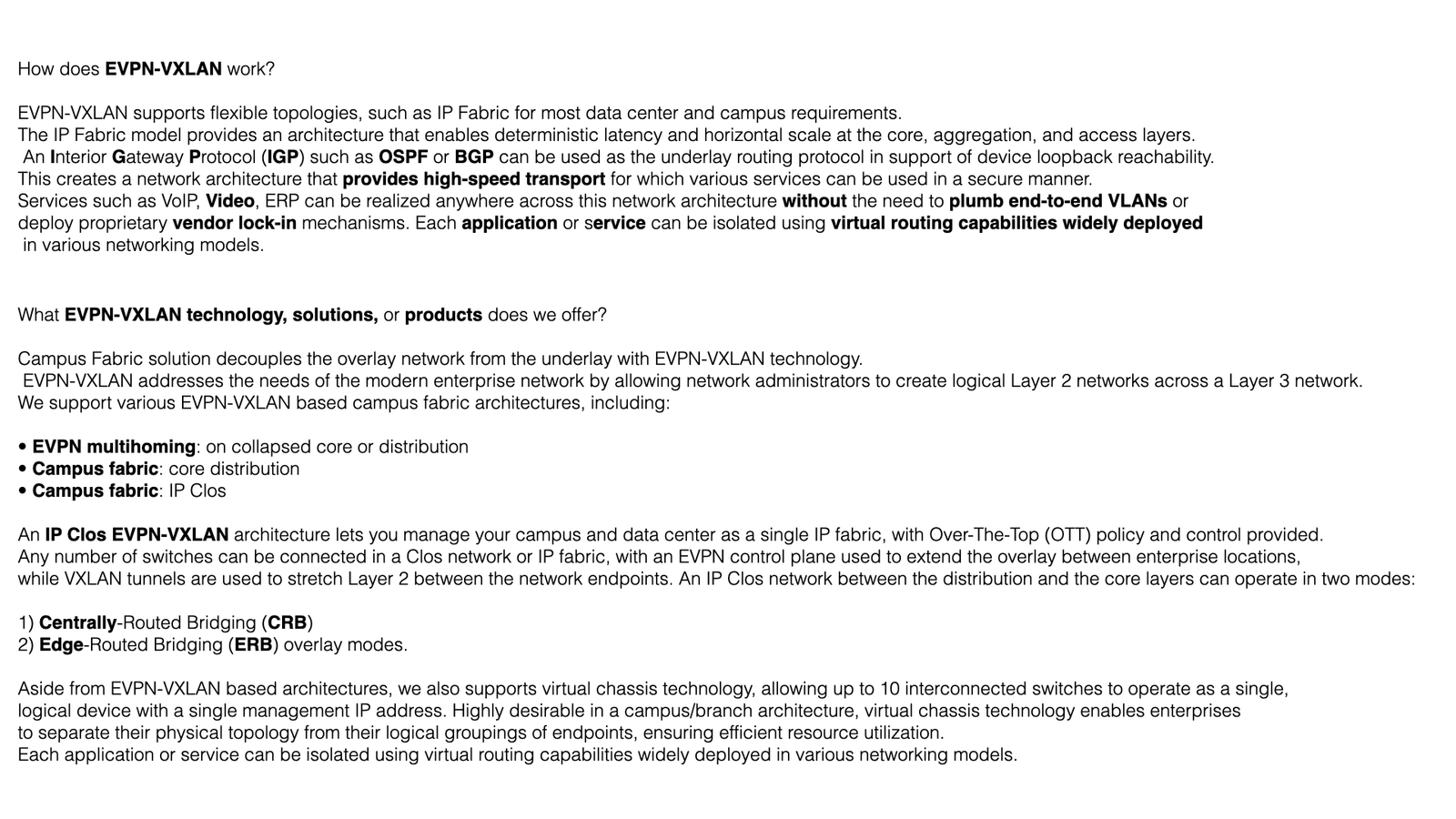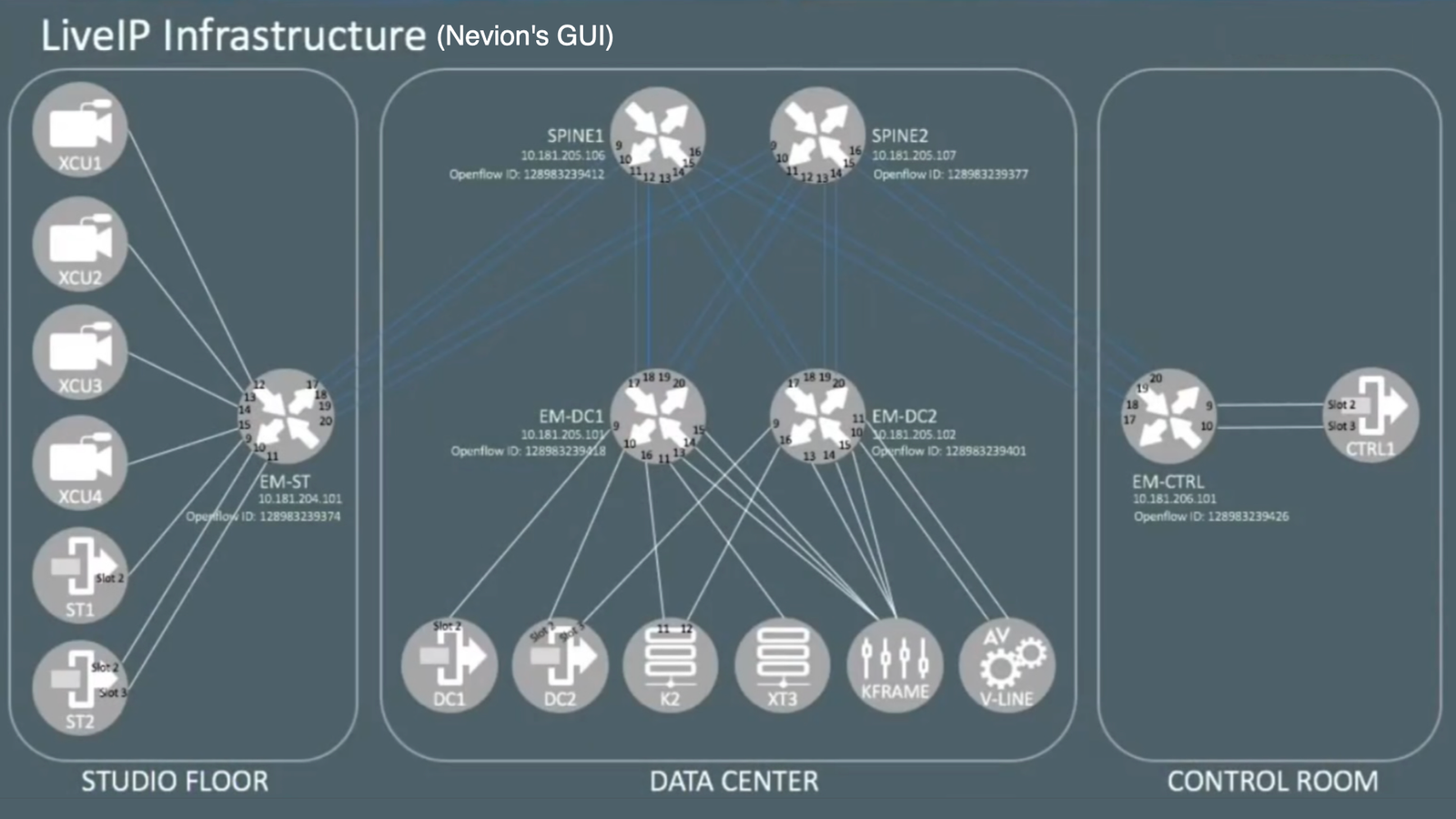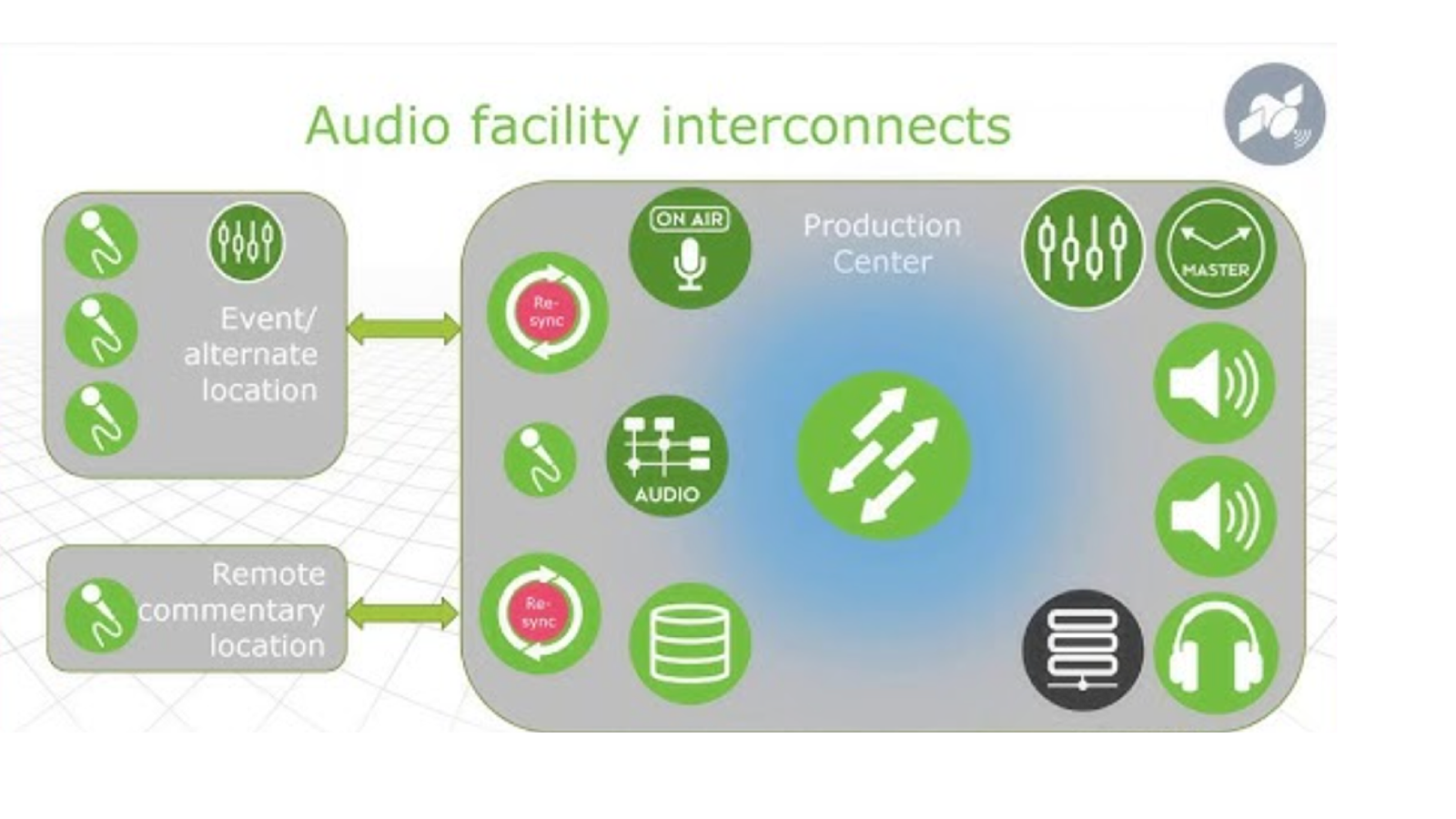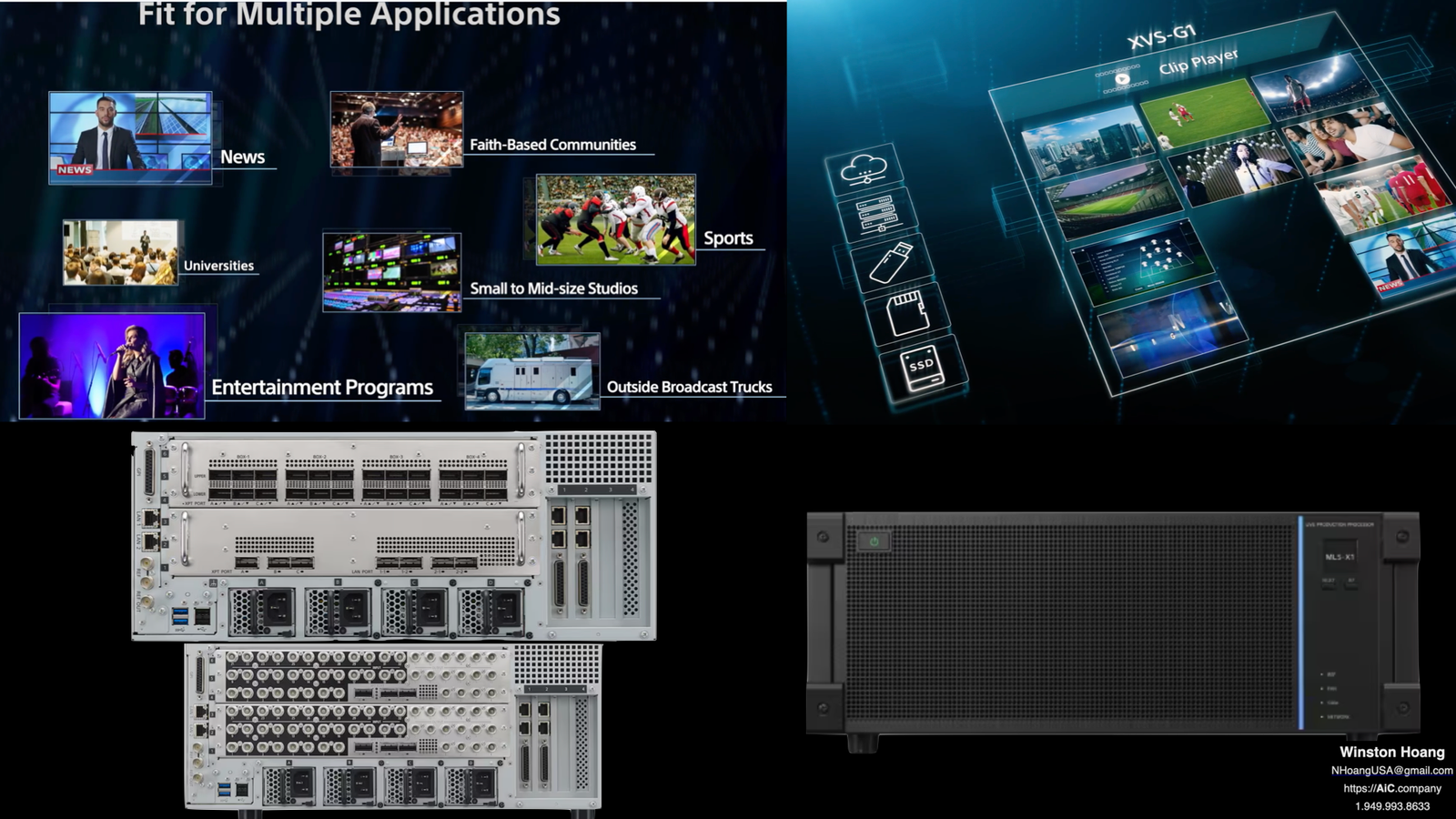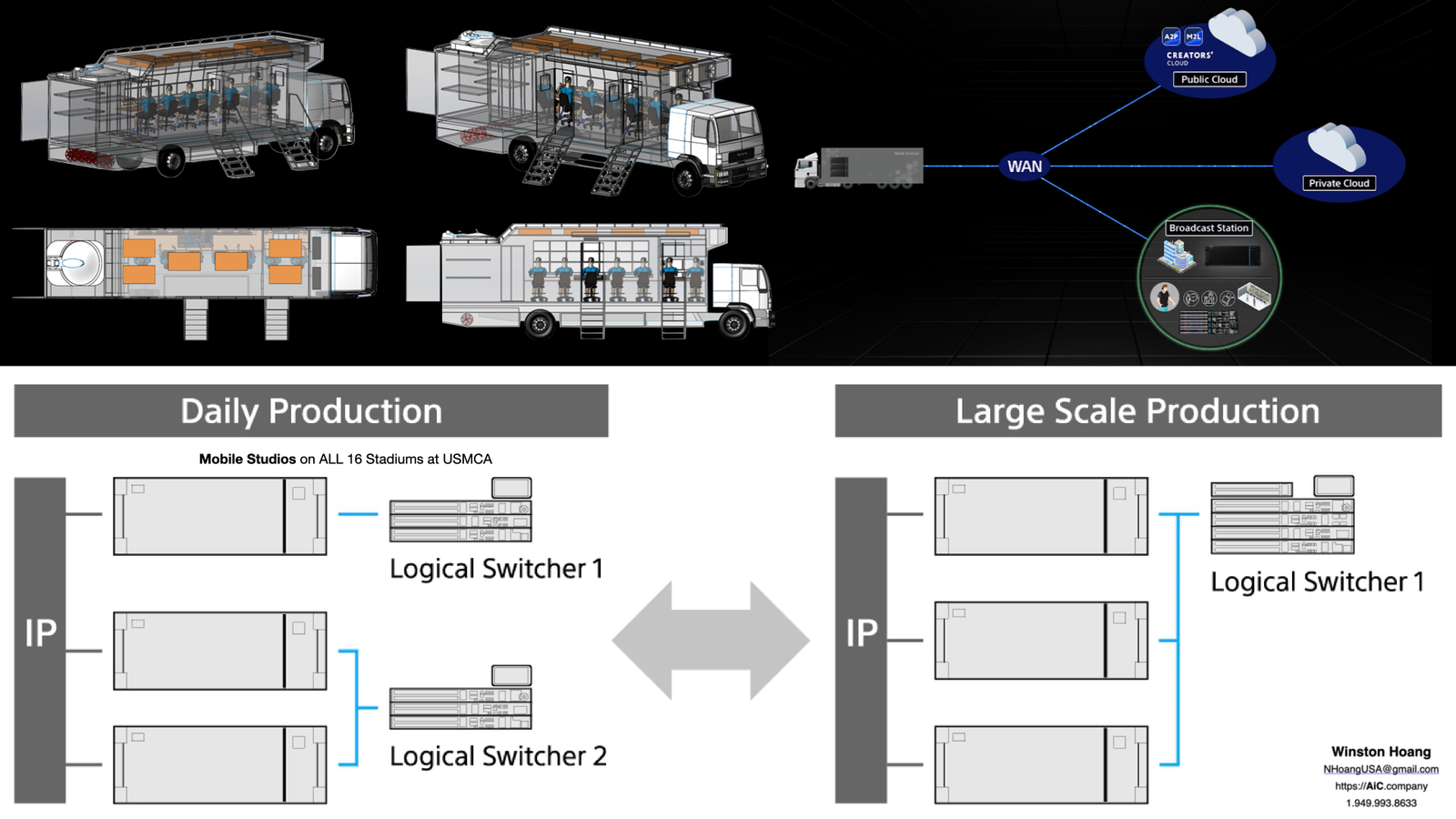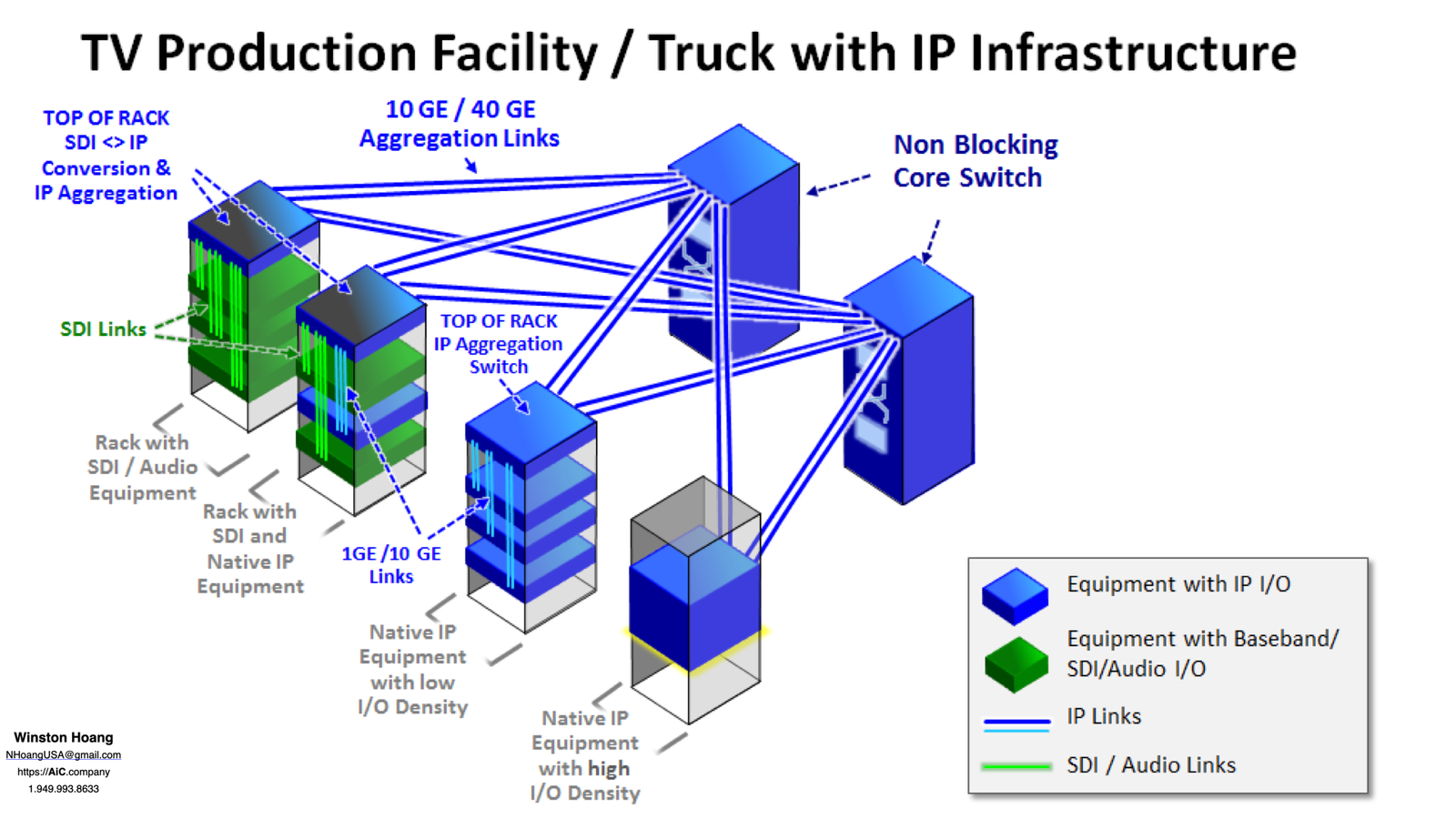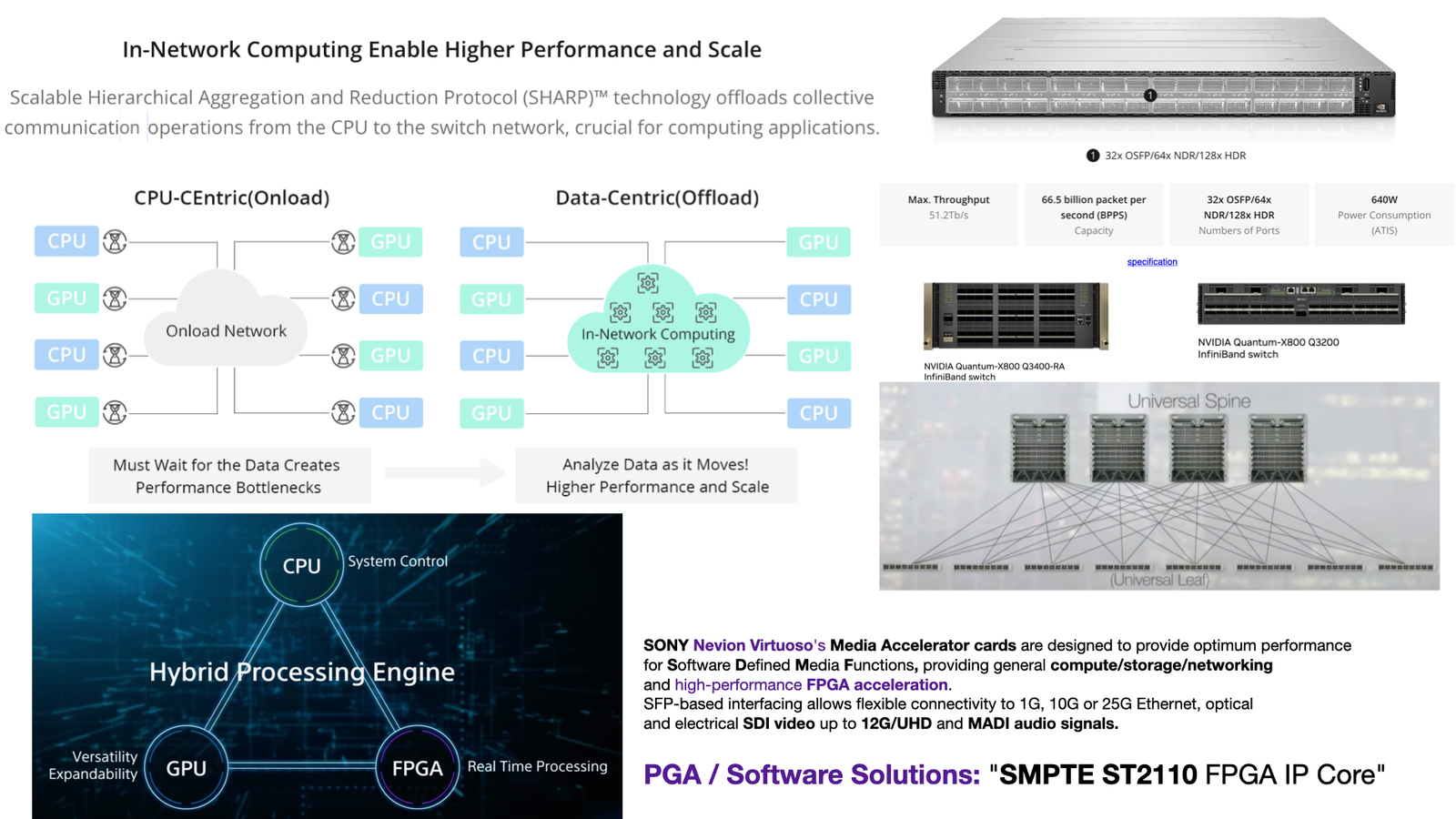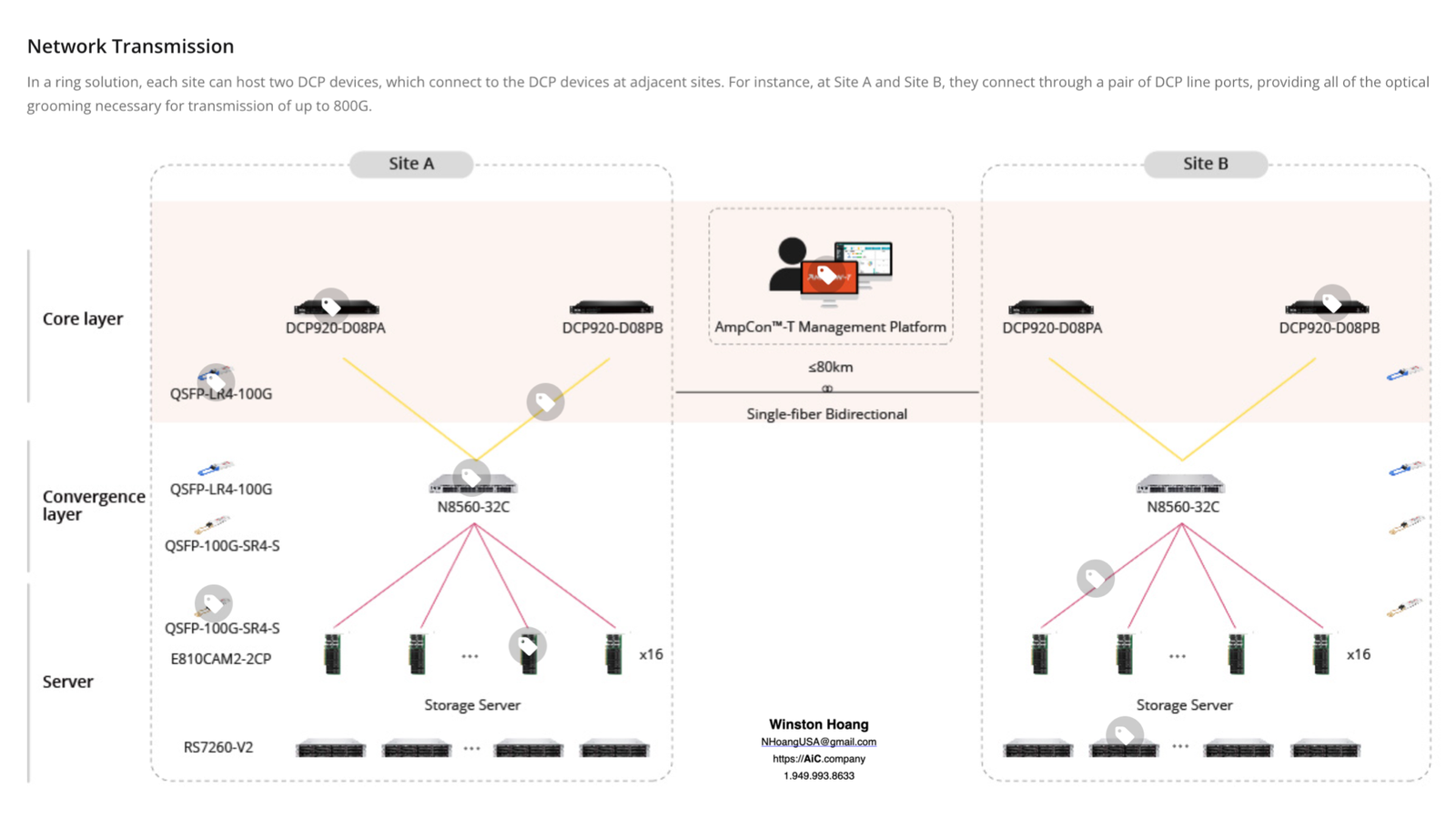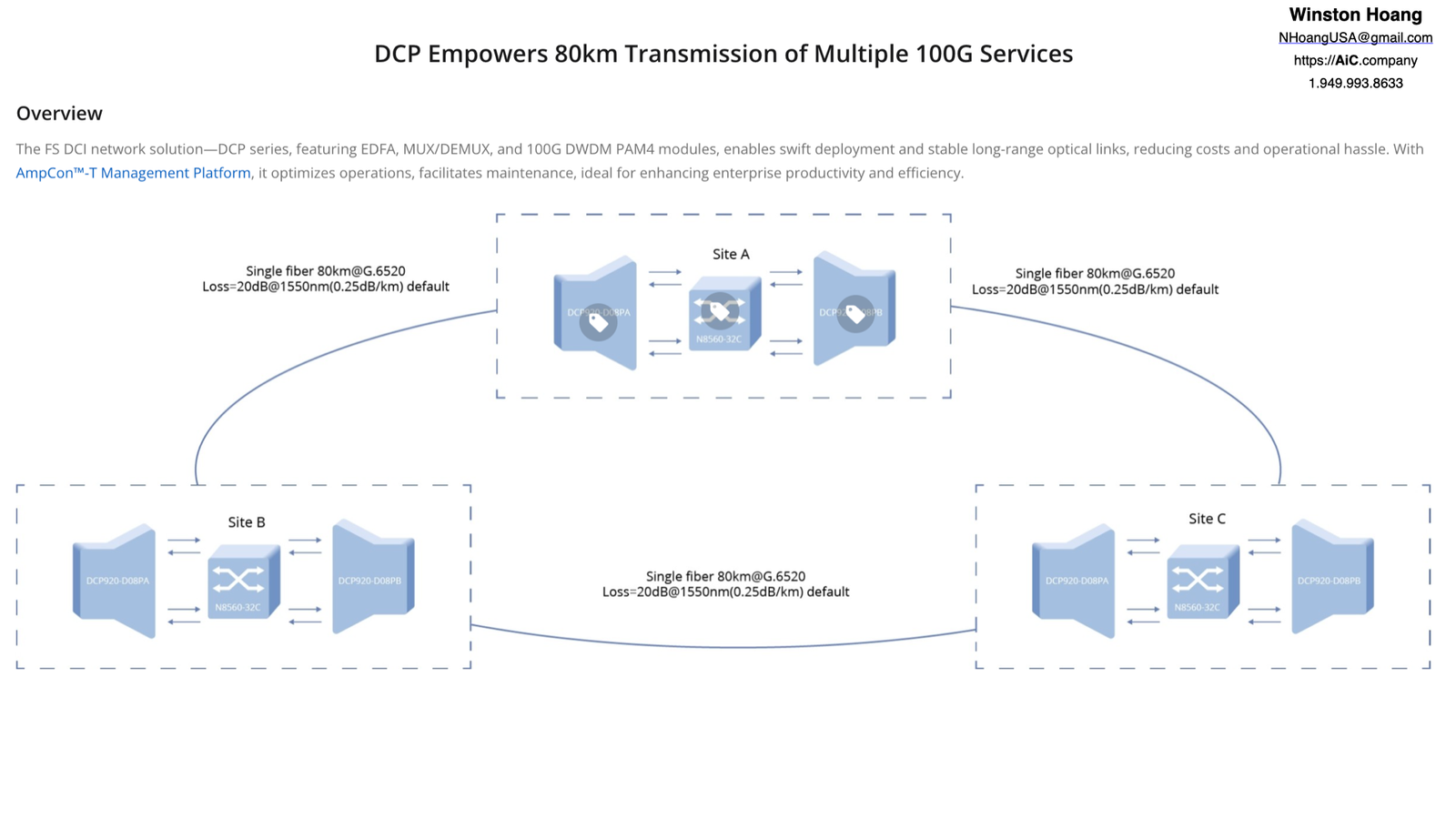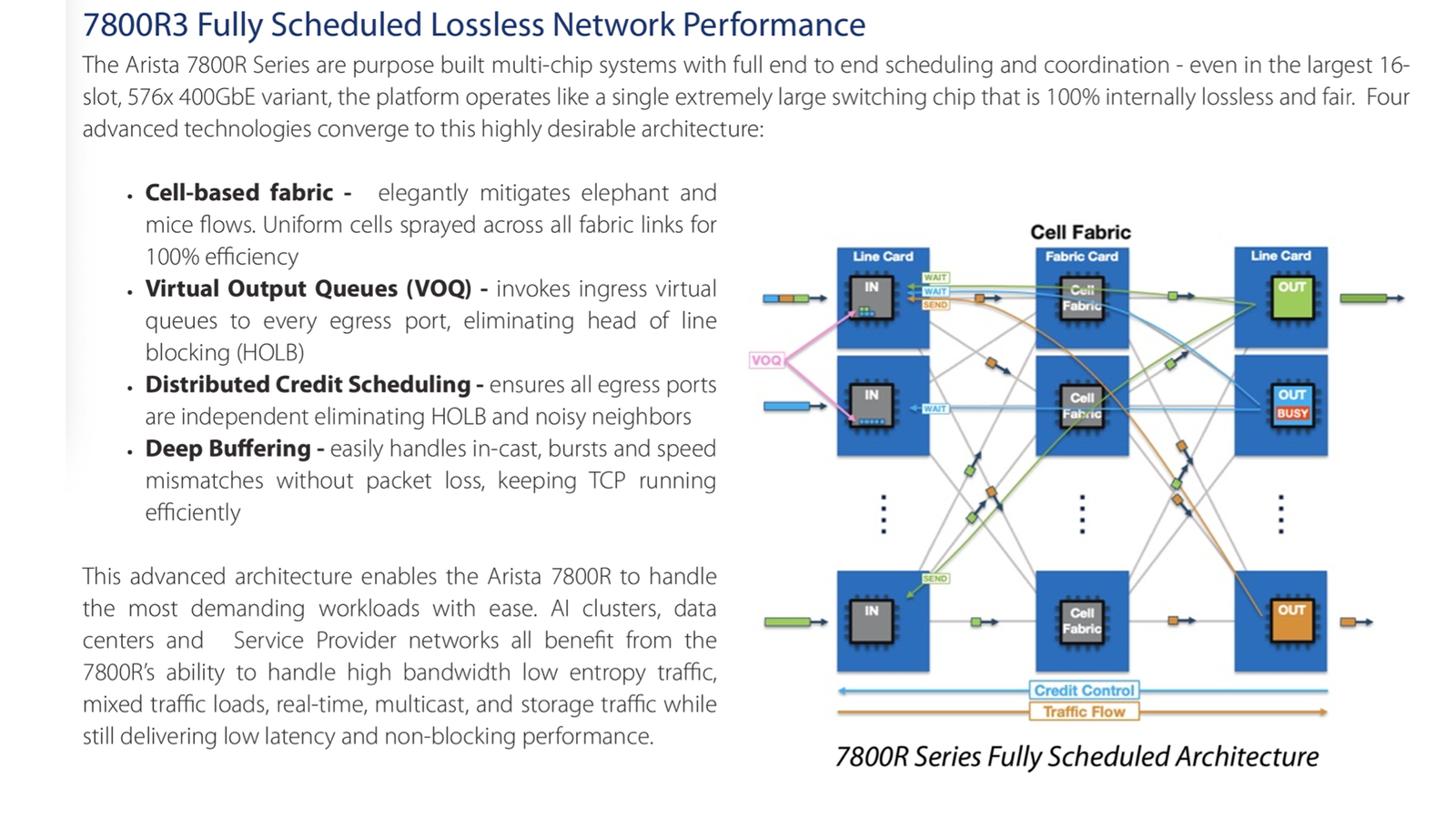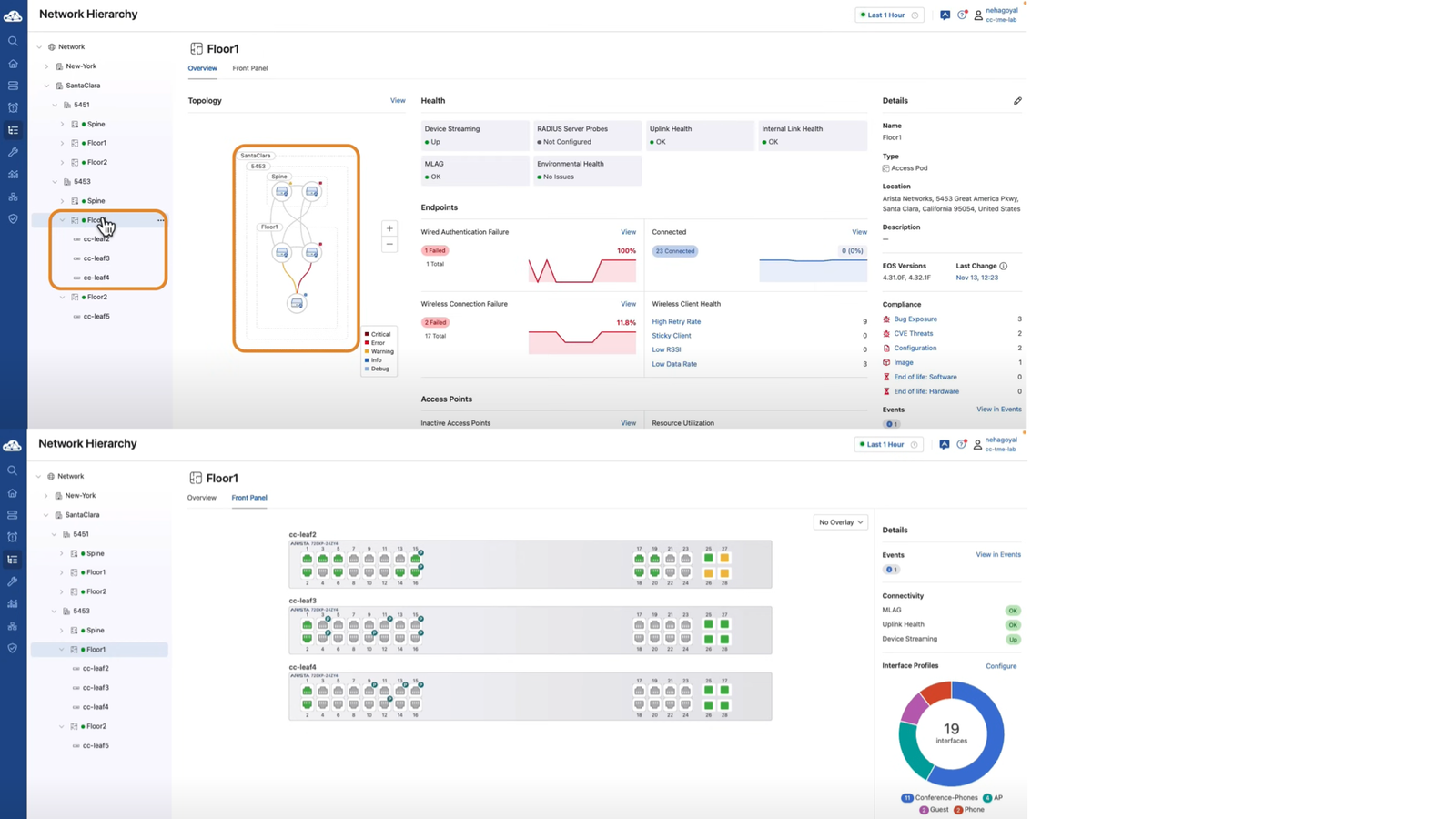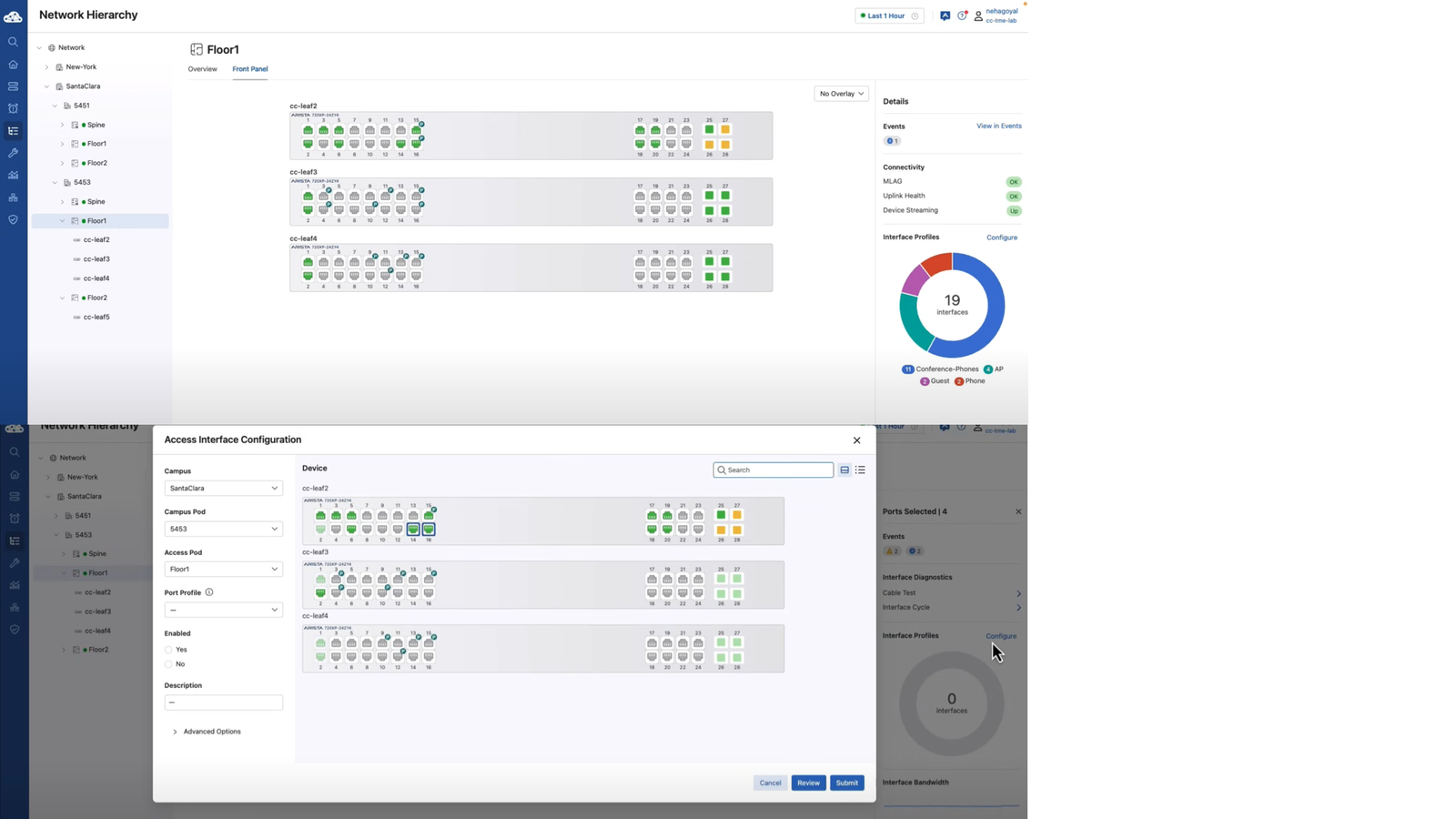Sony and Nevion’s Networked Live is an ecosystem of solutions, products, services, and partners that combines hybrid on-premises and Cloud processing with network connectivity to transform the logistics and economics of high-quality mission critical live production. It does this by enabling resources (places, people, and processing) to be connected, used, and shared optimally and seamlessly in productions – regardless of their locations. A key component of Networked LiVE offering, Virtuoso has been widely deployed across the globe to transport, process, and monitor signals in real-time. The video and audio processing capabilities of Virtuoso in particular are being used daily by many broadcasters in their facilities to support their national and regional radio and TV productions.
Virtuoso already offers comprehensive audio capabilities, including bidirectional AES3, MADI and SMPTE ST 2110 / AES67 IP audio interfacing. Processing features include monitoring, routing, embedding, mixing, shuffling and per-channel control of polarity, gain, and delay. With the new RPRO interface aimed at remote production applications, Virtuoso can now also interface and transport mixed digital and analogue audio signals, along with GPIO and sync distribution.
For video processing, Virtuoso’s Up/Down/Cross conversion (UDC) capability offers a variety of high-quality format conversions for HD and UHD with native SMPTE ST 2110-20 uncompressed VIDEO input/output. The existing functionality includes de-interlacing, scaling, HDR/SDR conversion, legalization, frame synchronization and delay. The new additions to Virtuoso’s UDC capabilities include frame rate conversion and configurable 3D LUTs for color space conversion (with a subset of BBCs 3D LUTs pre-loaded).
The latest Virtuoso media function release includes a further enhancement to the JPEG-XS in TS (TR-07) capability adding the ability to handle IP-in/IP-out workflows.
Virtuoso is well-known for its media transport functionality, but it also offers exceptional media processing capabilities. This makes Virtuoso an extremely versatile Media Node – something that our customers recognize and appreciate. These latest extensions to the media processing capabilities of Virtuoso, cement its position as one of the highest performers for in-facilities and outside broadcast applications.
SMPTE ST 2022-7, titled “Seamless Protection Switching of RTP Datagrams,” is a standard developed by the Society of Motion Picture and Television Engineers (SMPTE) to enhance the reliability of real-time video and audio transport over IP networks. It achieves this by transmitting duplicate streams of RTP (Real-time Transport Protocol) packets over separate network paths, allowing receivers to seamlessly reconstruct the original stream even if packet loss or failures occur on one path.
Converged Cloud Fabric – Overview Converged Cloud Fabric (CCF)™ is an automated fabric built with cloud networking design principles. CCF leverages public cloud-style VPC/VNet constructs on-prem to deliver a Network-as-a-Service operational model. CCF automates networking for multiple private cloud platforms, enabling the network to operate at the speed of VMs and Containers. With built-in analytics and telemetry, CCF provides real-time contextual visibility across the fabric and one-click troubleshooting workflows. With CCF, NetOps, DevOps and CloudOps teams can effectively collaborate, and rapidly on-board applications and tenants.
Networks® Converged Cloud Fabric (CCF) with Self-Service Automated Fabric with Cloud-Style VPCs ON-PREMISE
Scale-out (Elastic) Fabric CCF’s flexible, scale-out design allows users to start at the size and scale that satisfies their immediate needs while future proofing their growth needs. By providing a choice of hardware and software solutions across the layers of the networking stack and pay-as-you-grow economics, starting small scale and growing the fabric gradually instead of locking into a fully integrated proprietary solution, provides a path to a modern data center network. Once new switches are added, the controller adds those switches to the fabric and extends the current configuration hence reducing any error that may happen otherwise. Customers take advantage of one-time configuration of the fabric.
Converged Cloud Fabric Benefits:
Cloud on-prem experience with Enterprise VPC (E-VPC) for multitenant self-service networking
• Agility Boost for New Service Enablement with Network Automation for private cloud & HCI, including VMware (vSphere, NSX, vSAN, VCF), VXRail, Nutanix
• Faster Change Management with Zero-Touch Fabric Operations and SDN Controls
• Rapid Fabric-wide Upgrades with Onestep Workflow
• One-click Troubleshooting with Fabric Trace, Policy (ACL) Trace and Contextual Analytics.
Controller-based designs not only bring agility via centralized programmability and automation, but they also streamline fabric designs (e.g. leaf-spine L2/L3 Clos)
Converged Cloud Fabric Benefits
Centralized Controller Reduces Management Consoles By Over 60:1 With configuration, automation and most troubleshooting done via the CCF Controller, the number of management consoles involved in provisioning new physical capacity or new logical apps goes down dramatically. For example, in a 32 rack pod with dual leaf switches and four spine switches, a traditional box-by-box network design would have 68 switch management consoles. The Converged Cloud Fabric design has only one— the controller console—that performs the same functions. The result is massive time savings, reduced error rates and simpler automation designs. As a powerful management tool, the controller console exposes a web-based GUI, a traditional networking-style CLI and REST APIs. Streamlined Configuration, Enabling Rapid Innovation In the CCF design, configuration in the CLI, GUI or REST API is based on the concept of logical tenants. Each tenant has administrative control over a logical L2/L3/policy design that connects the edge ports under the tenant’s control. The Converged Cloud Fabric controller has the intelligence to translate the logical design into optimized entries in the forwarding tables of the spine, leaf and vleaf.


